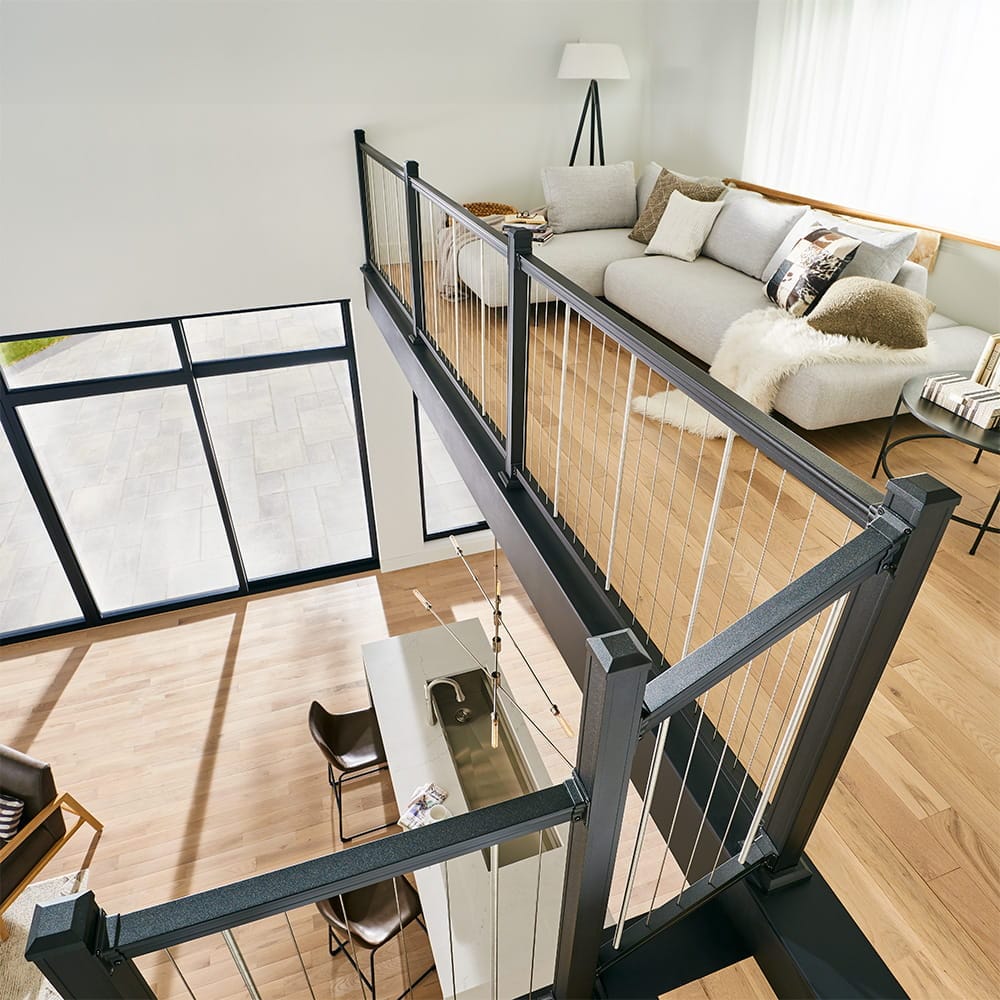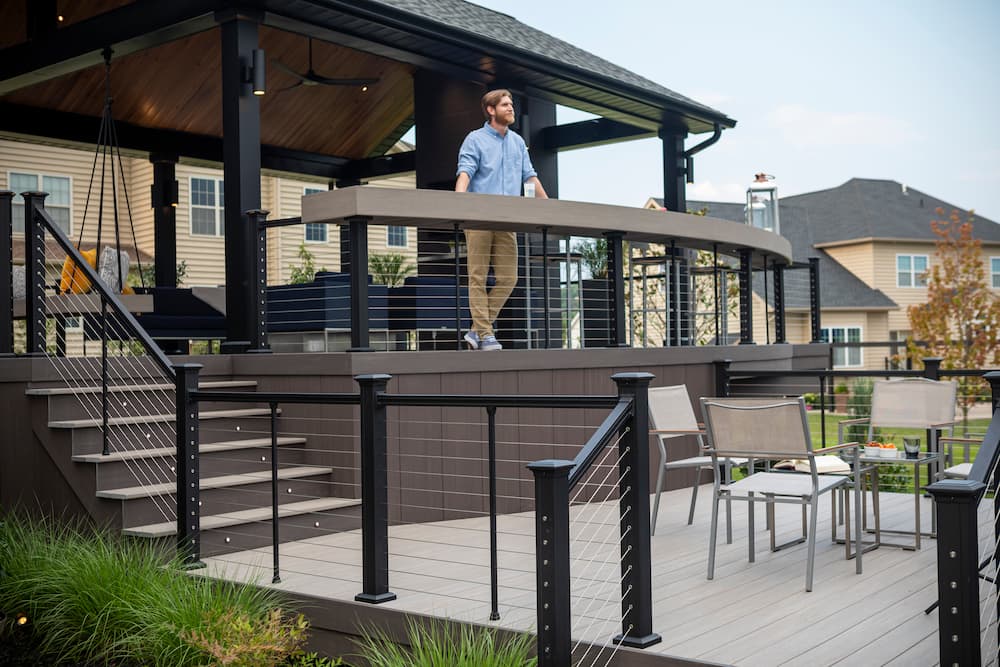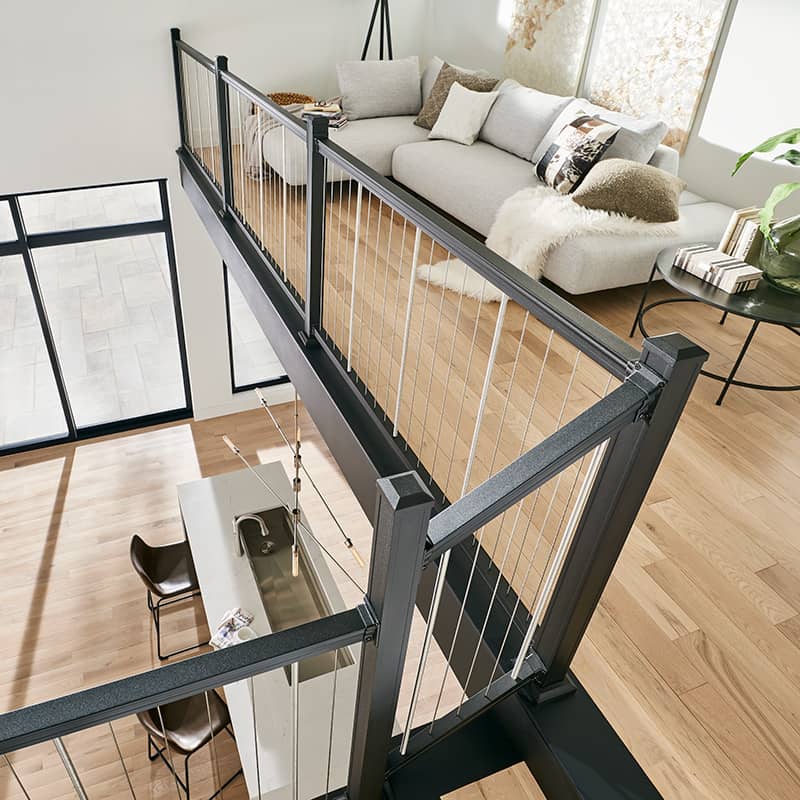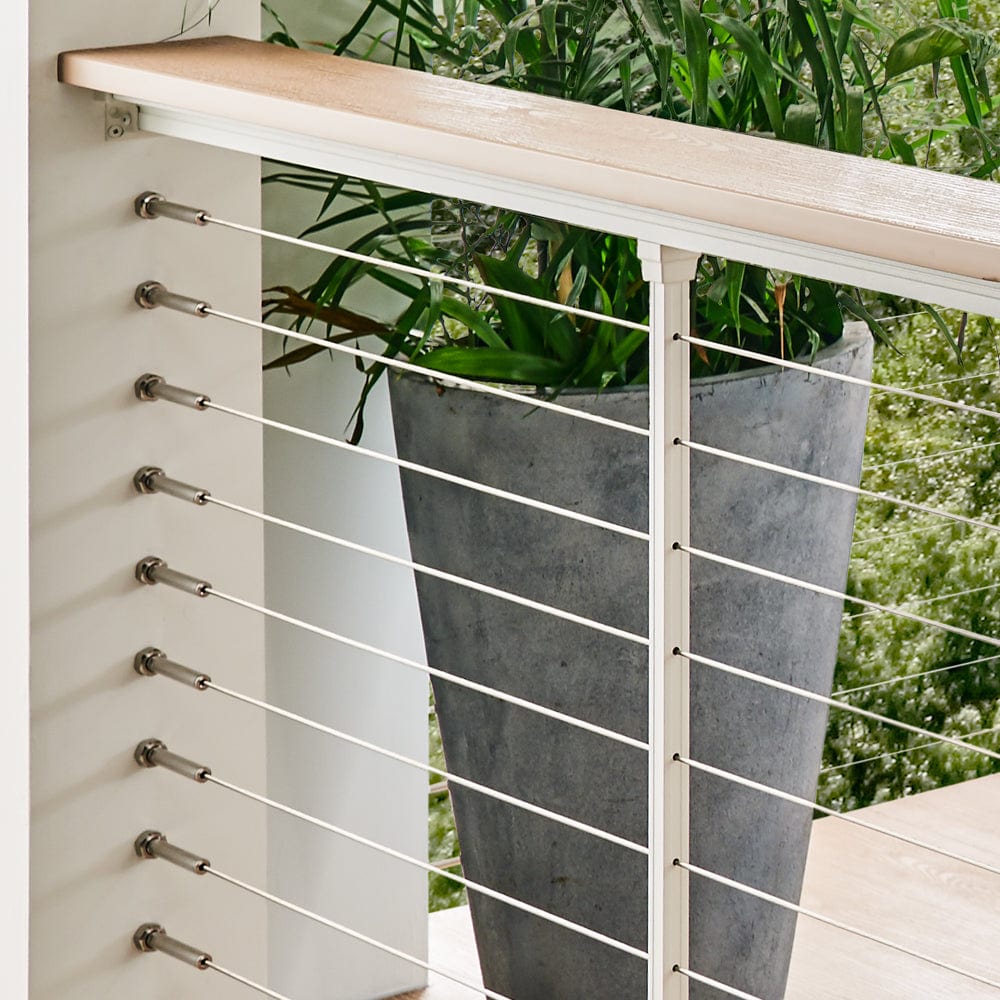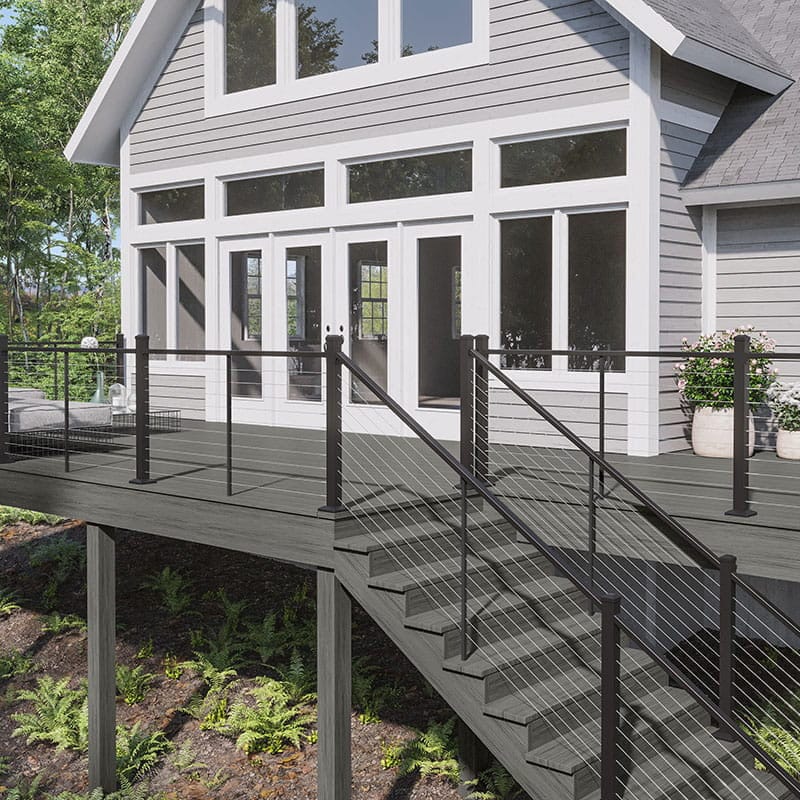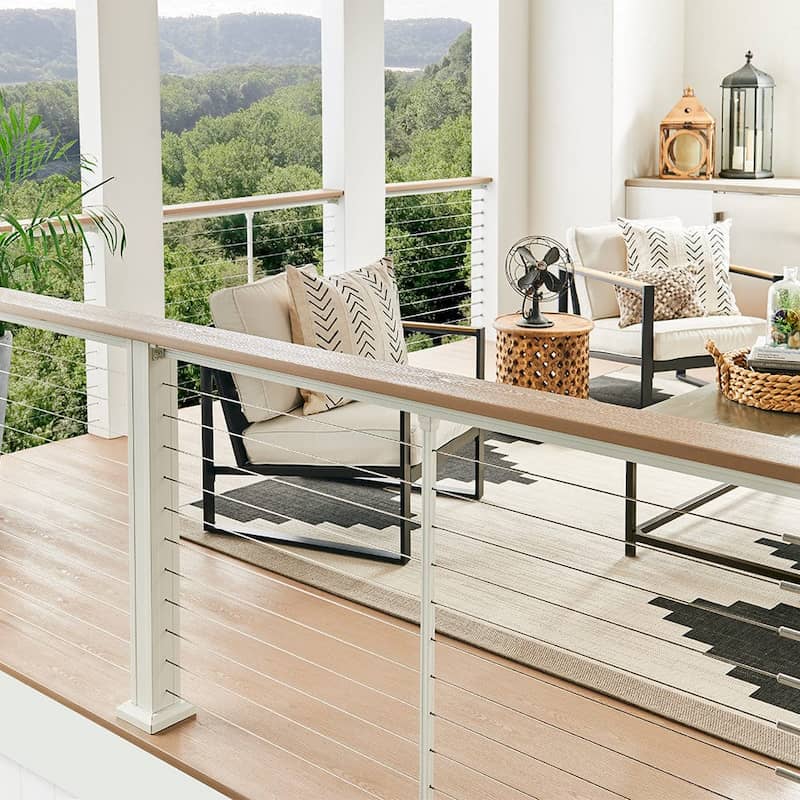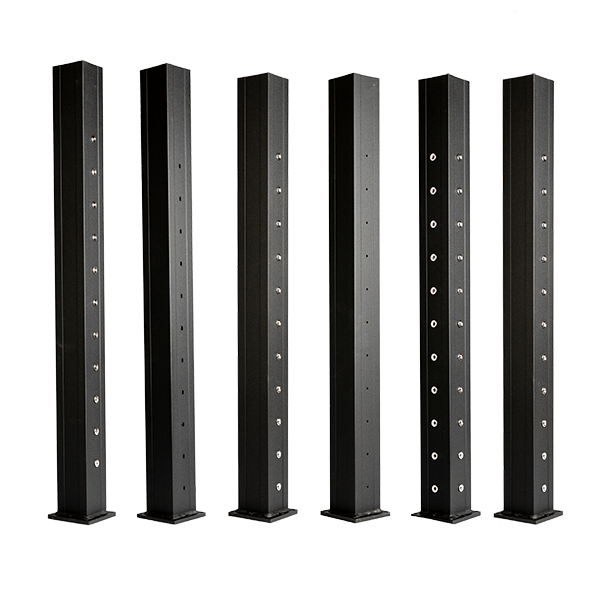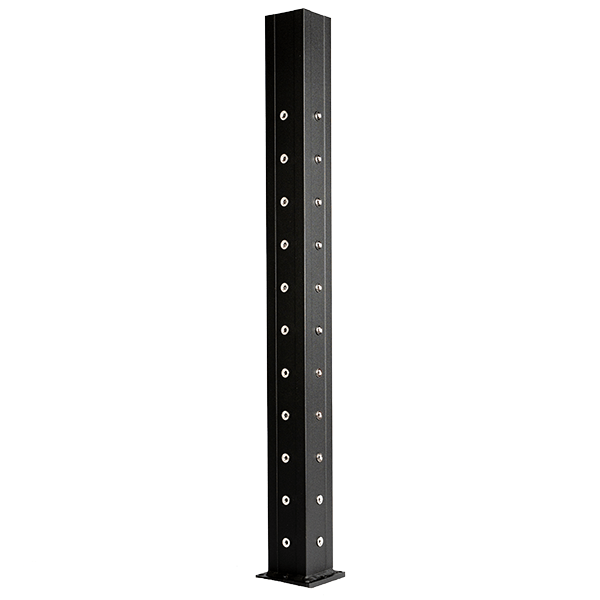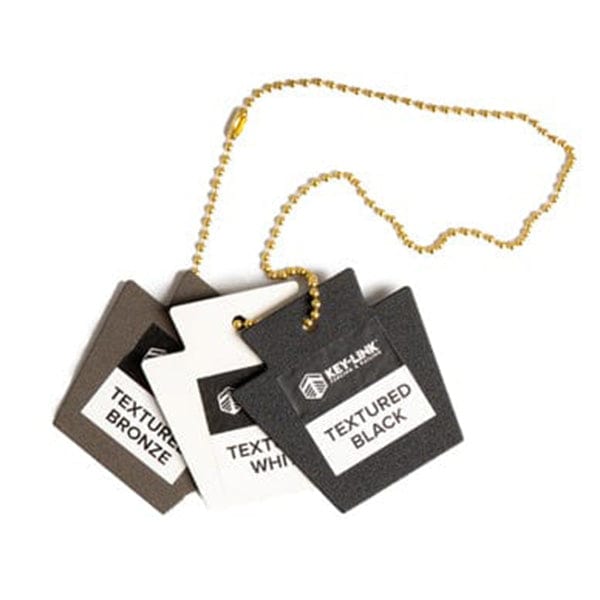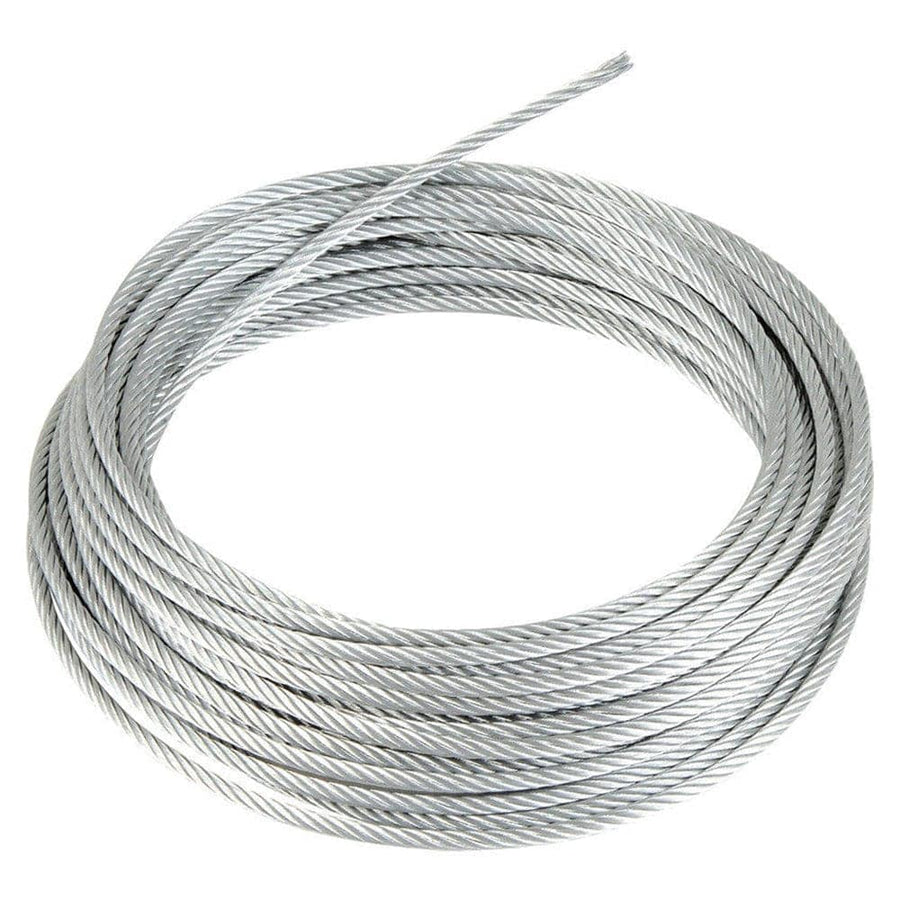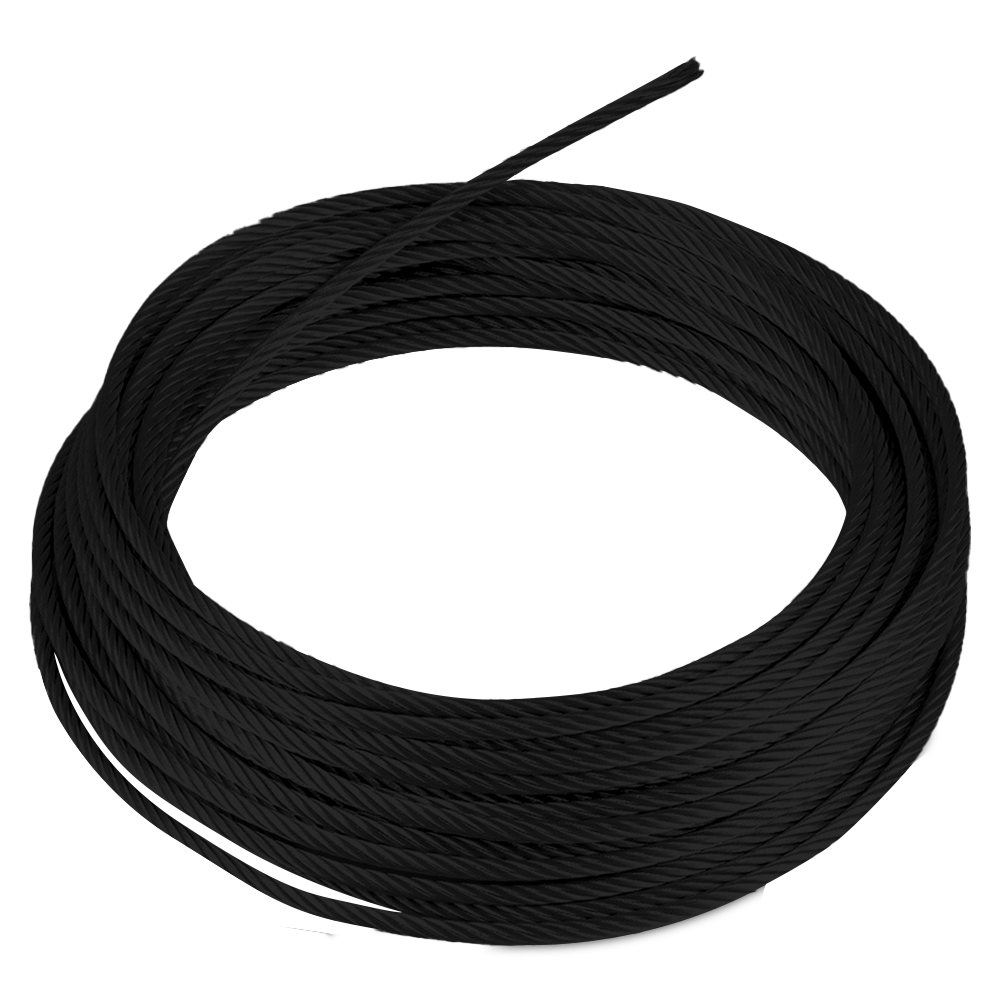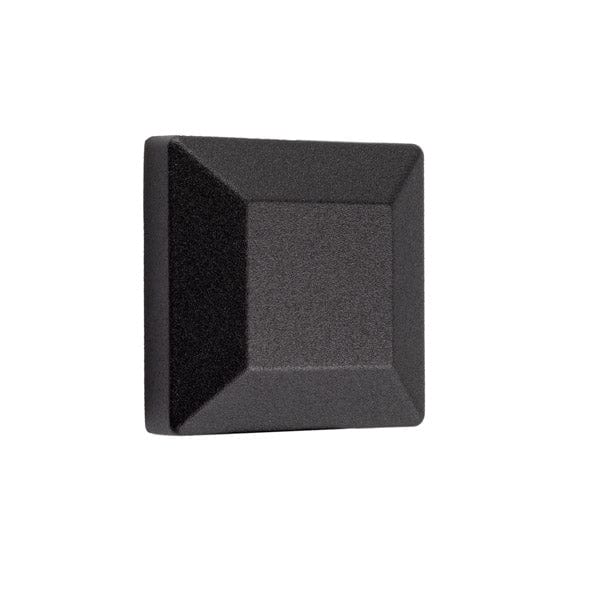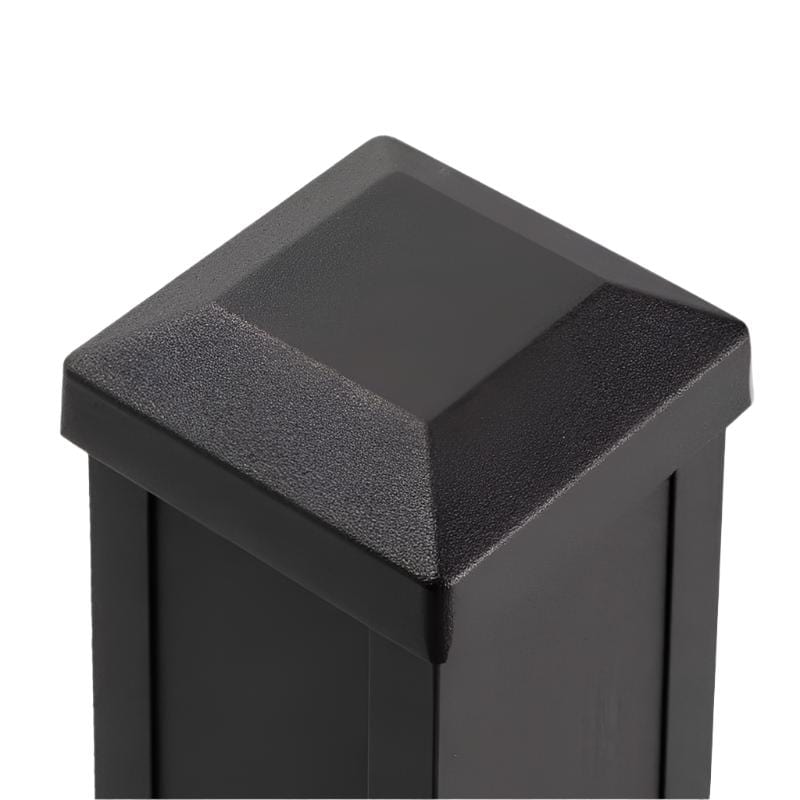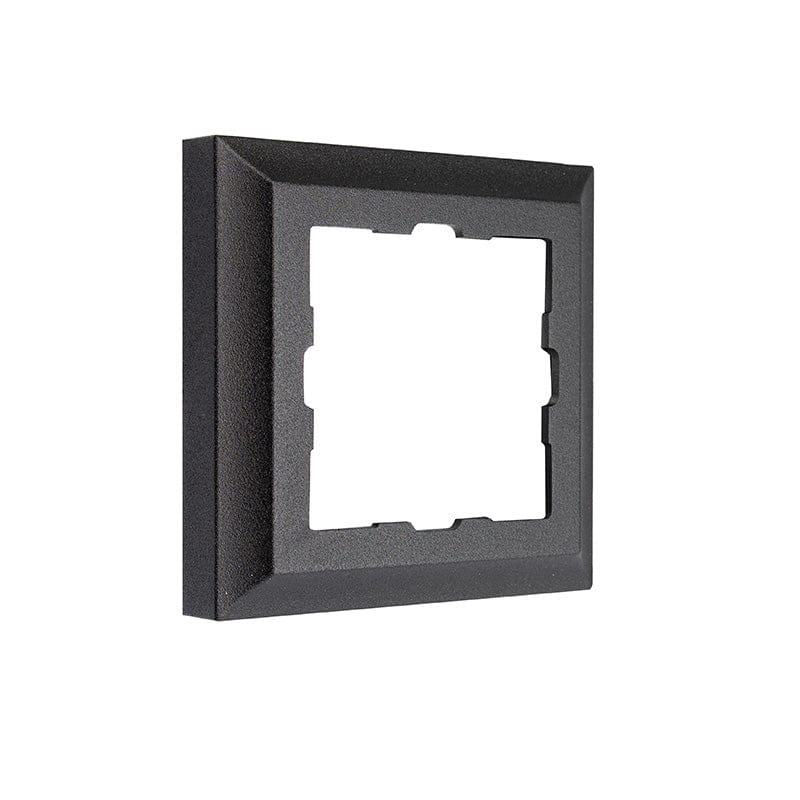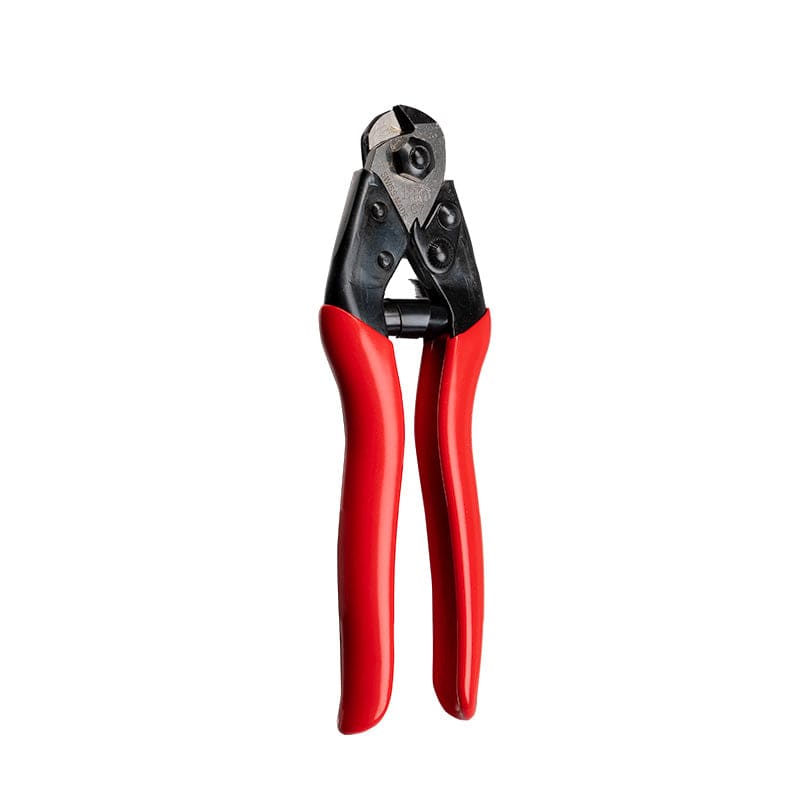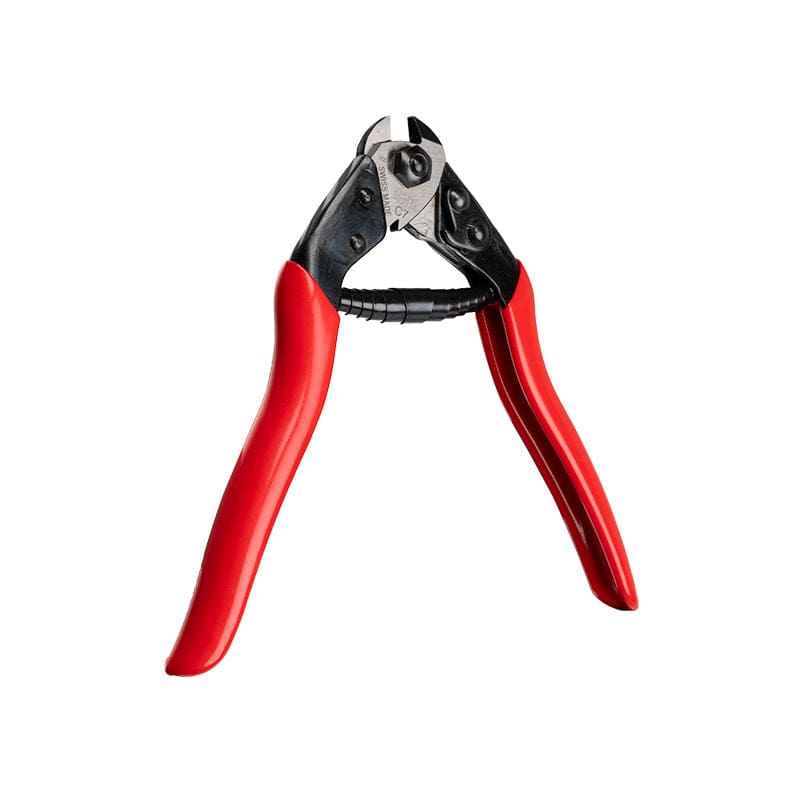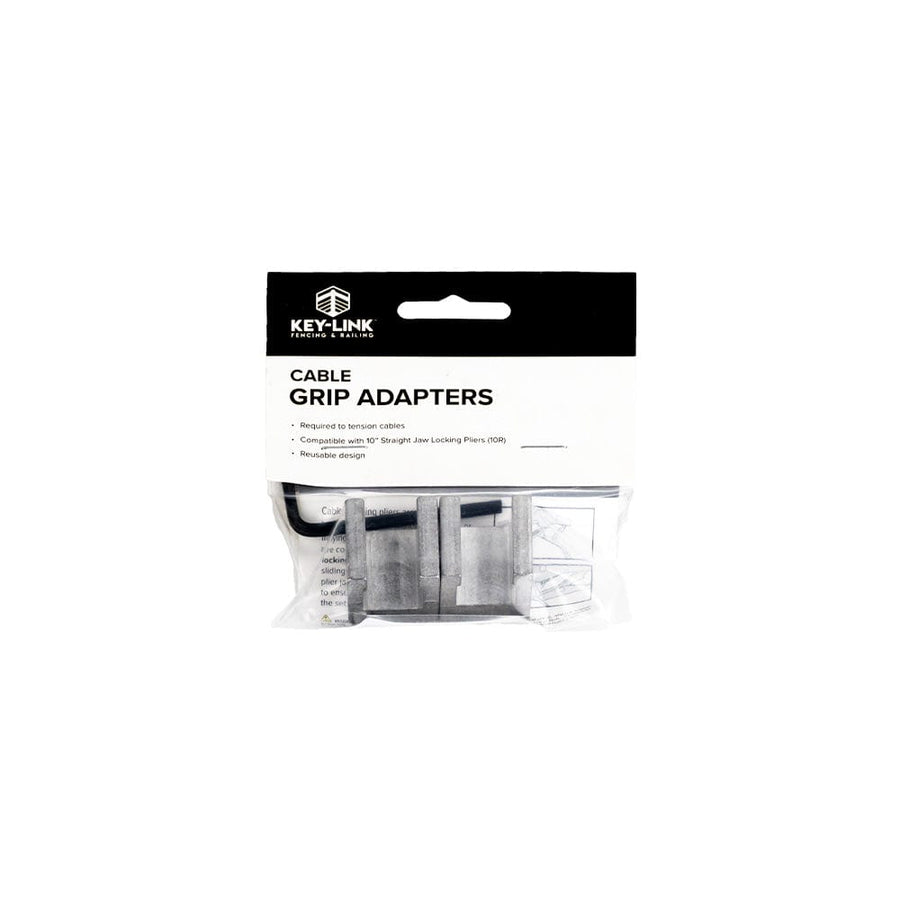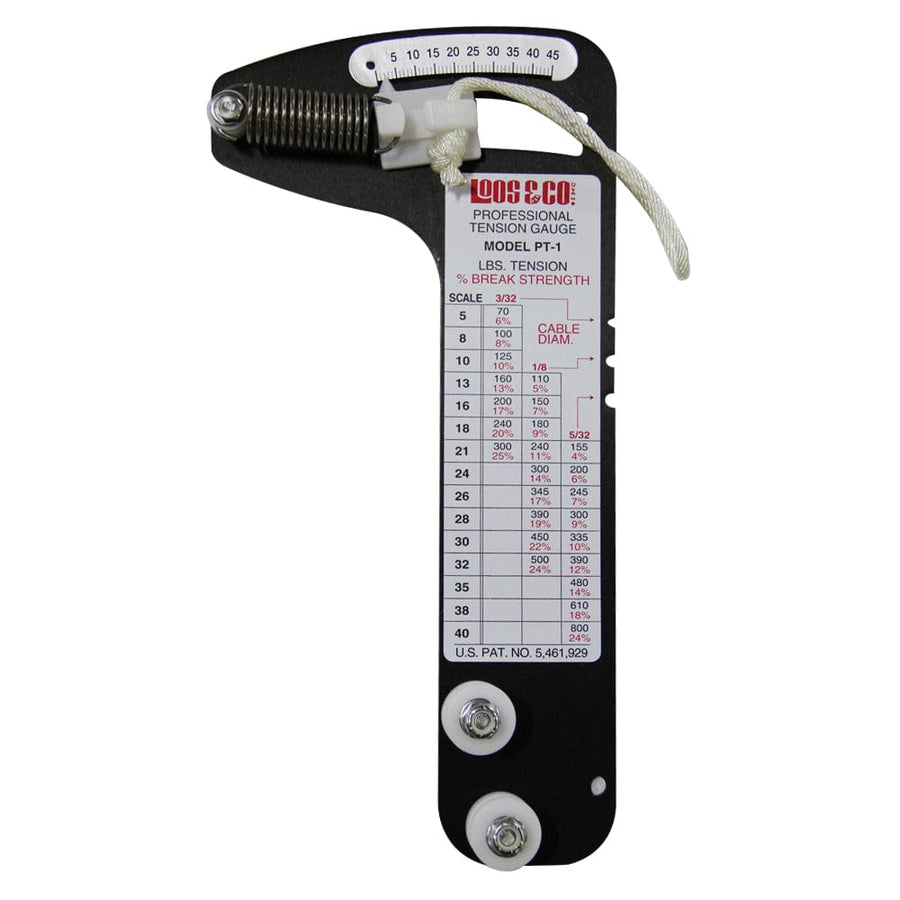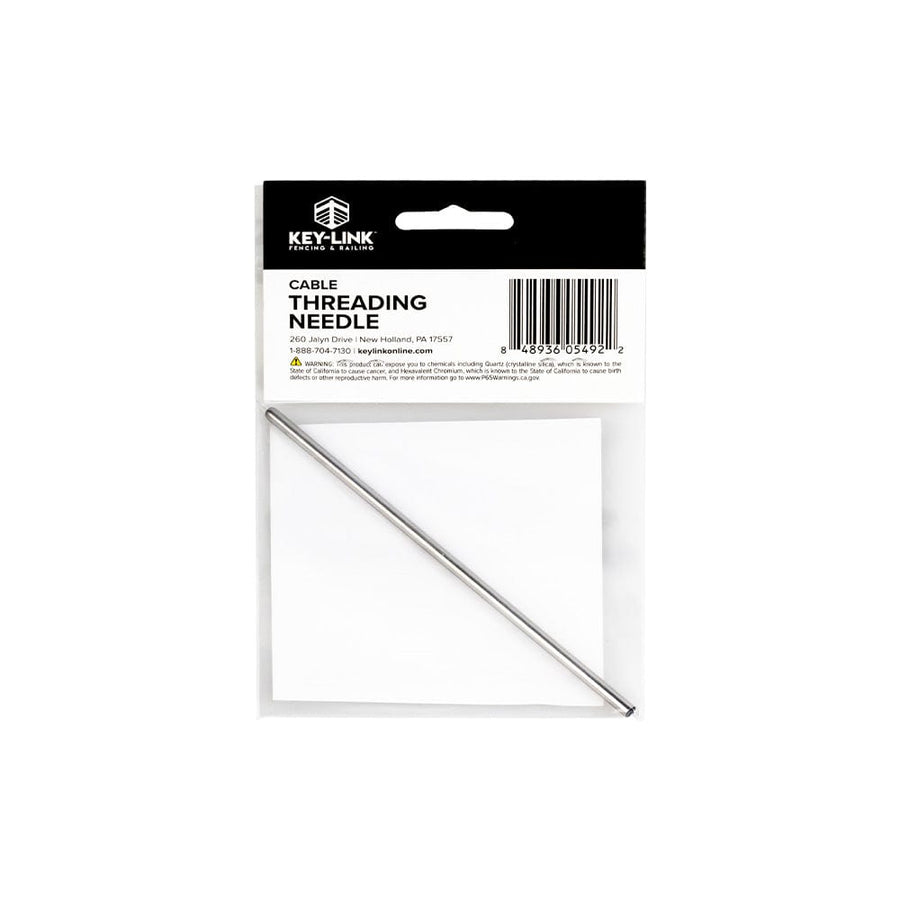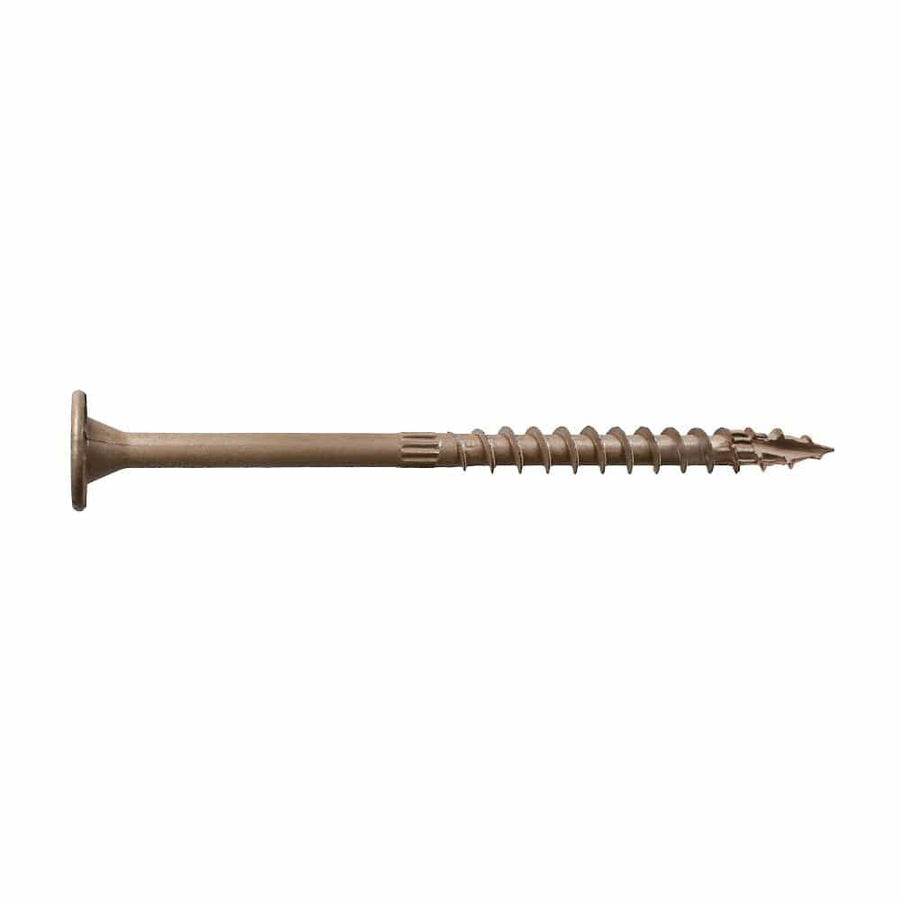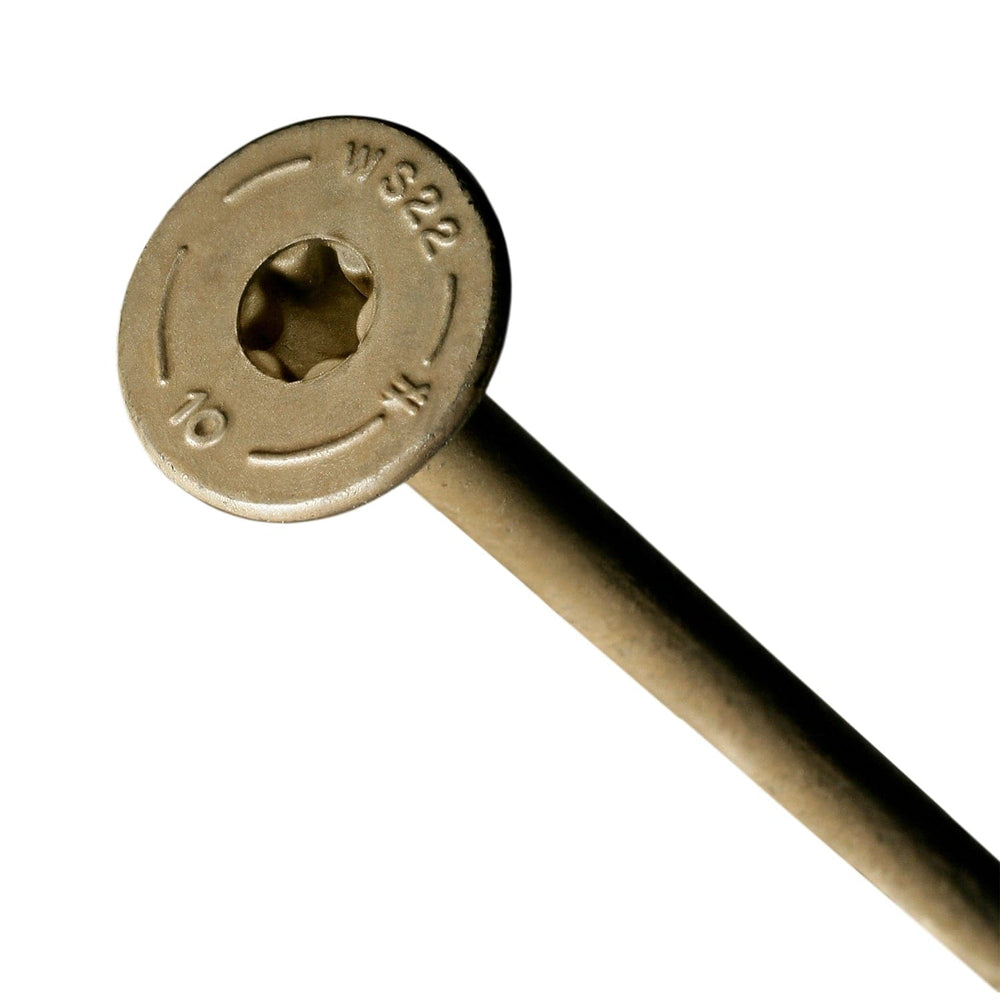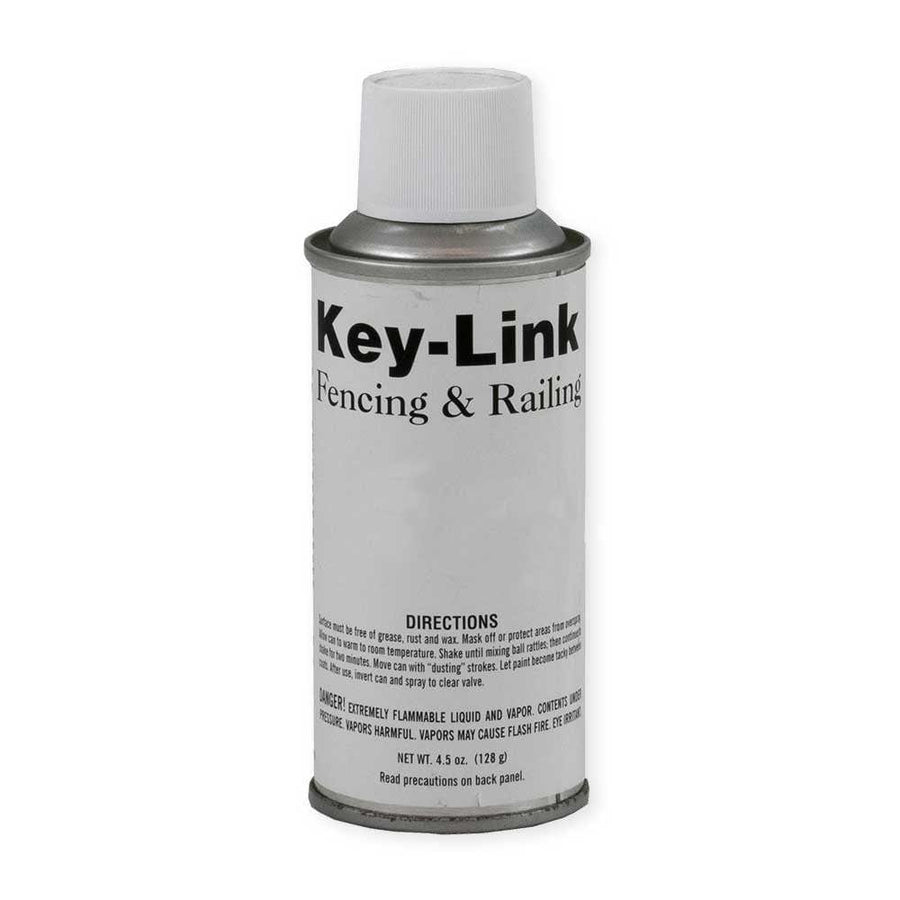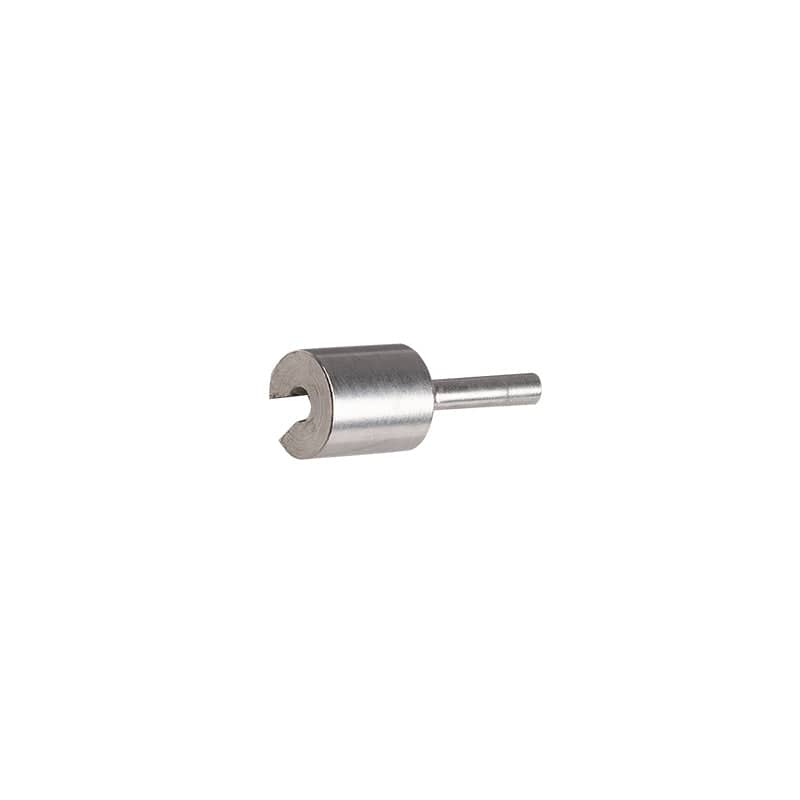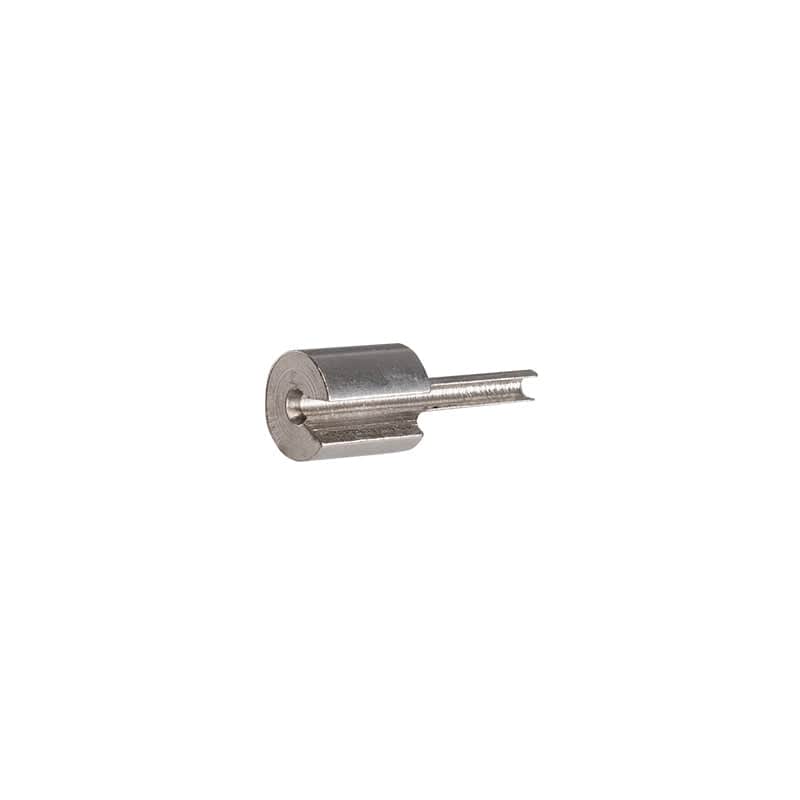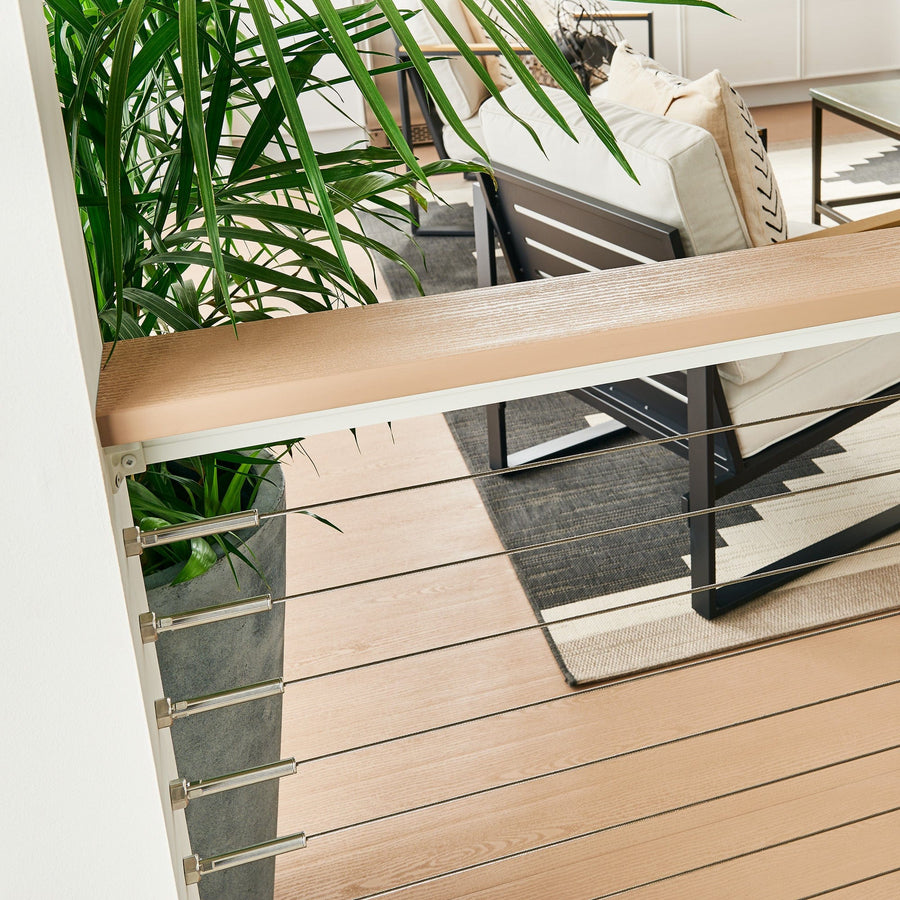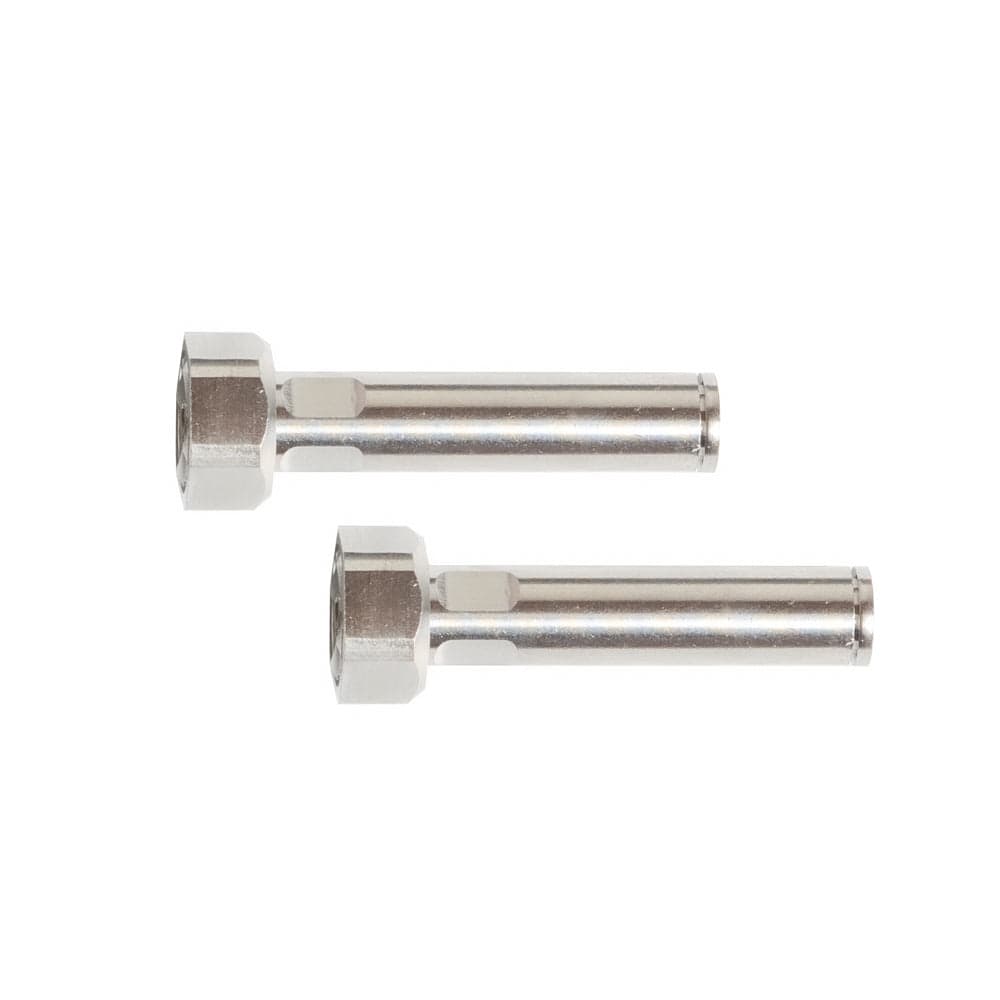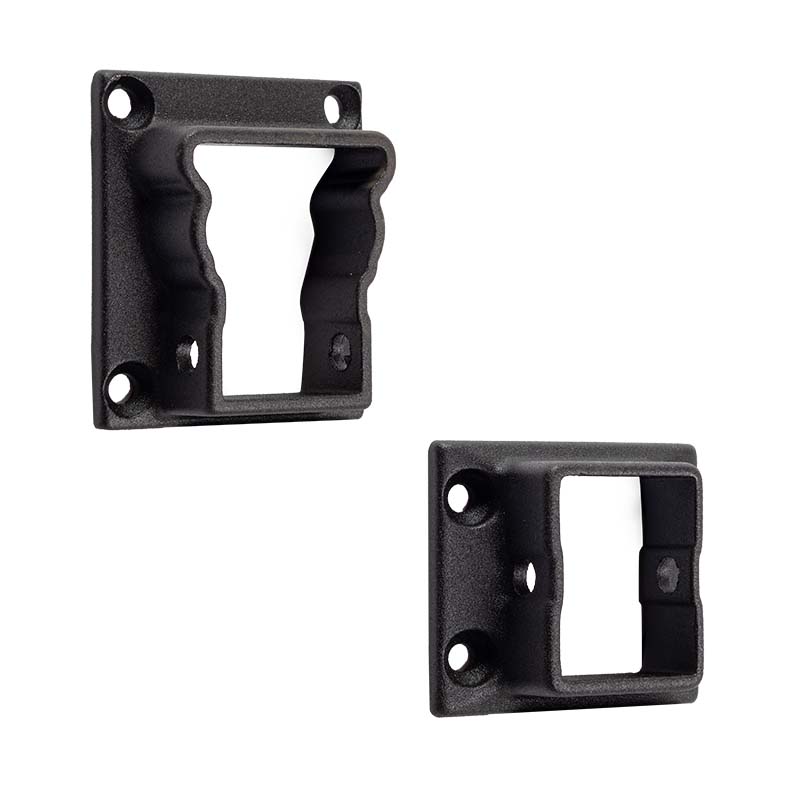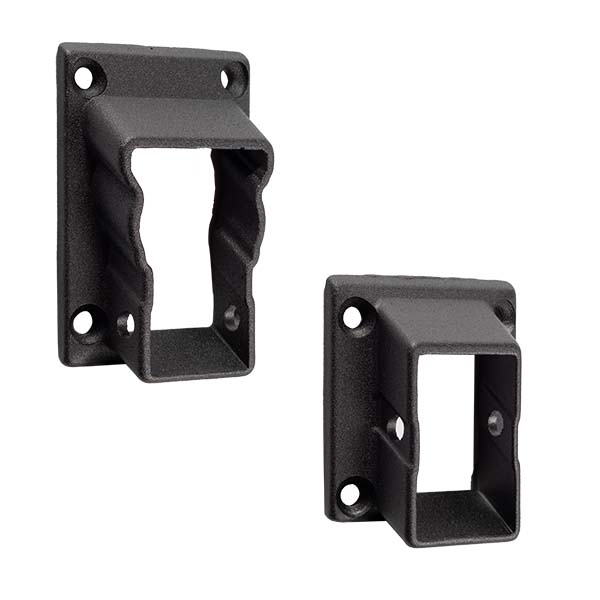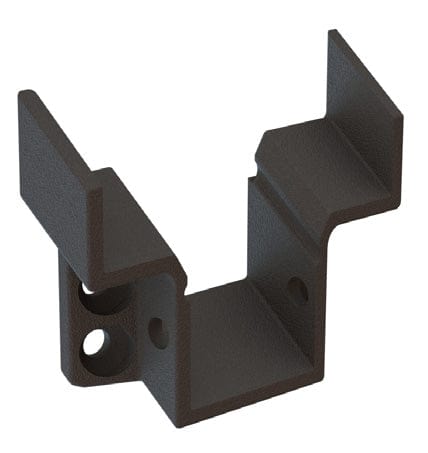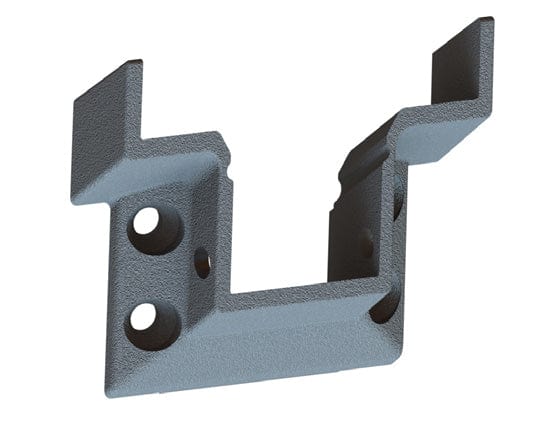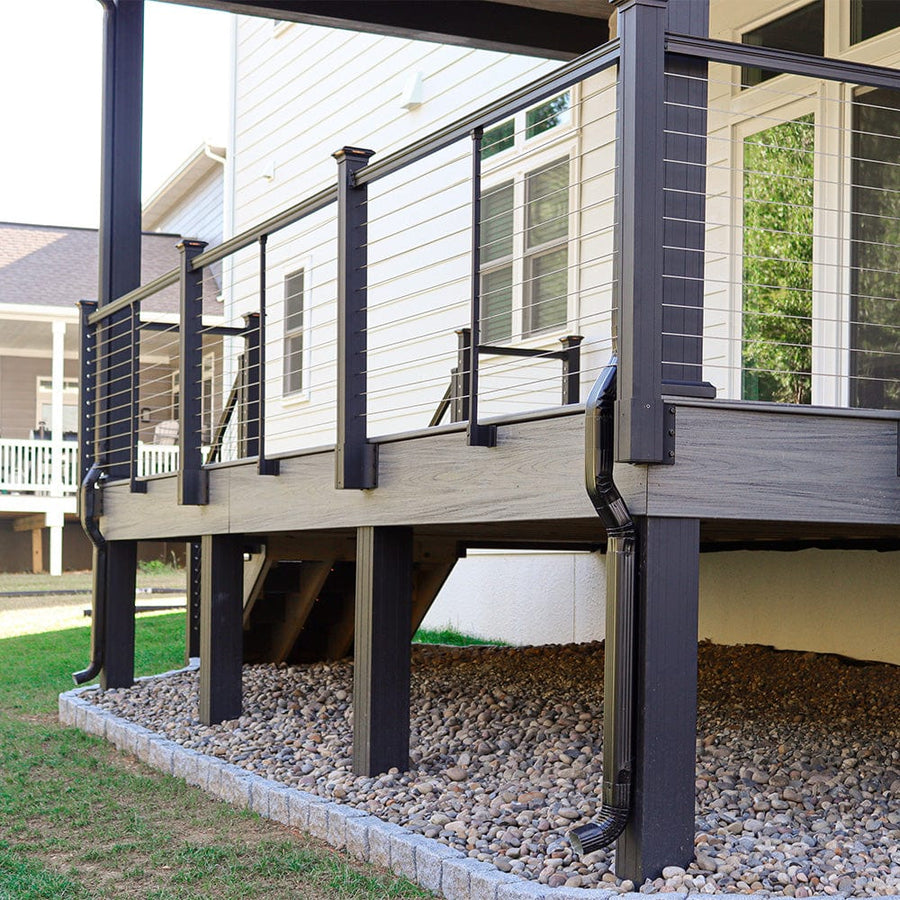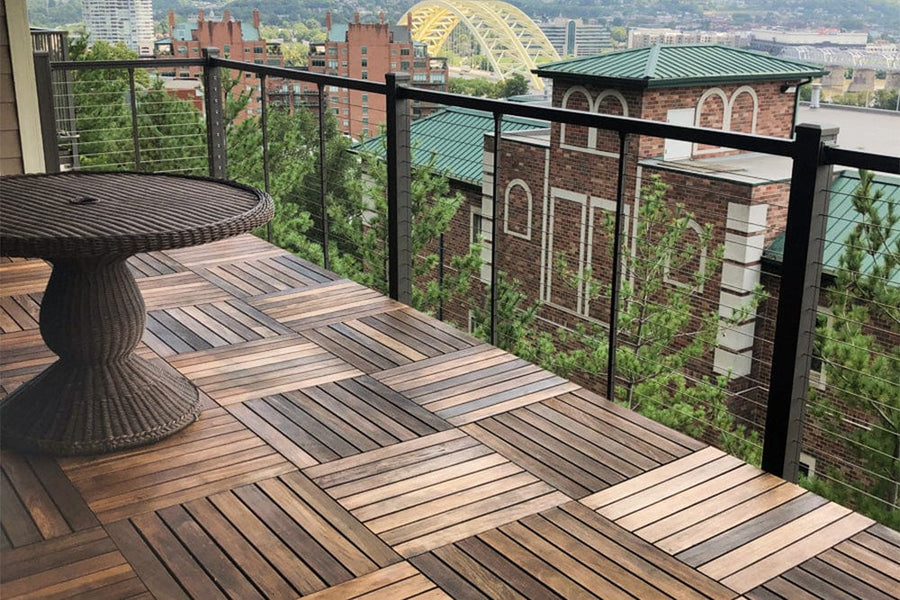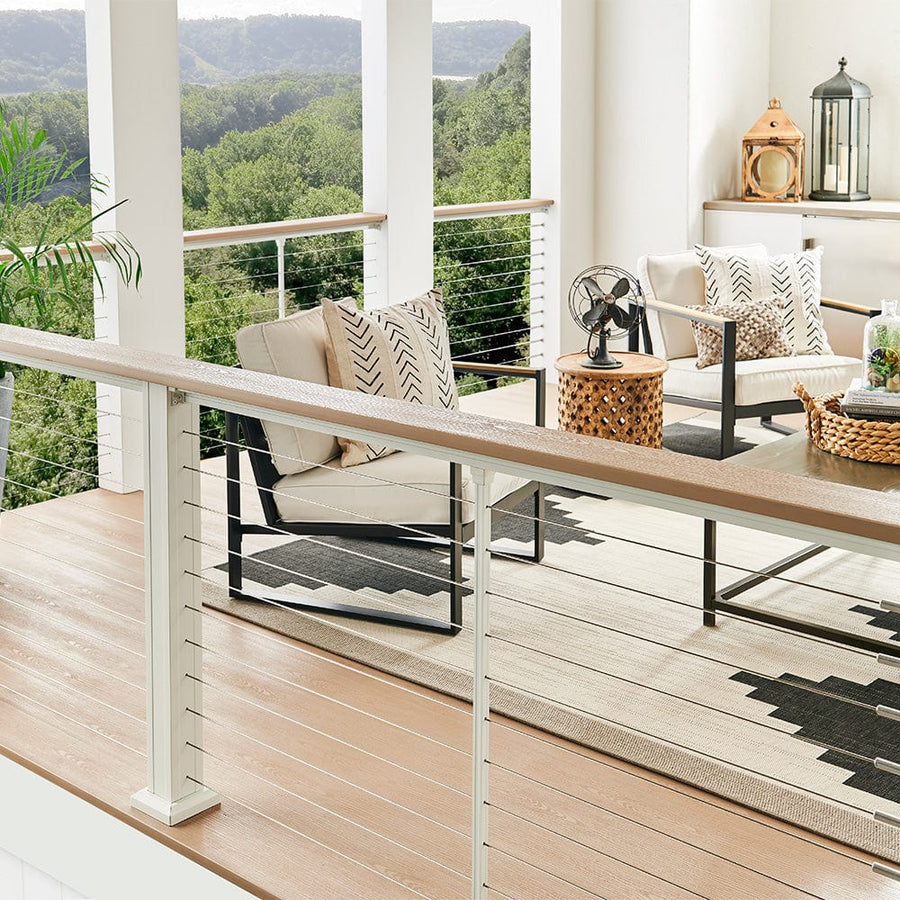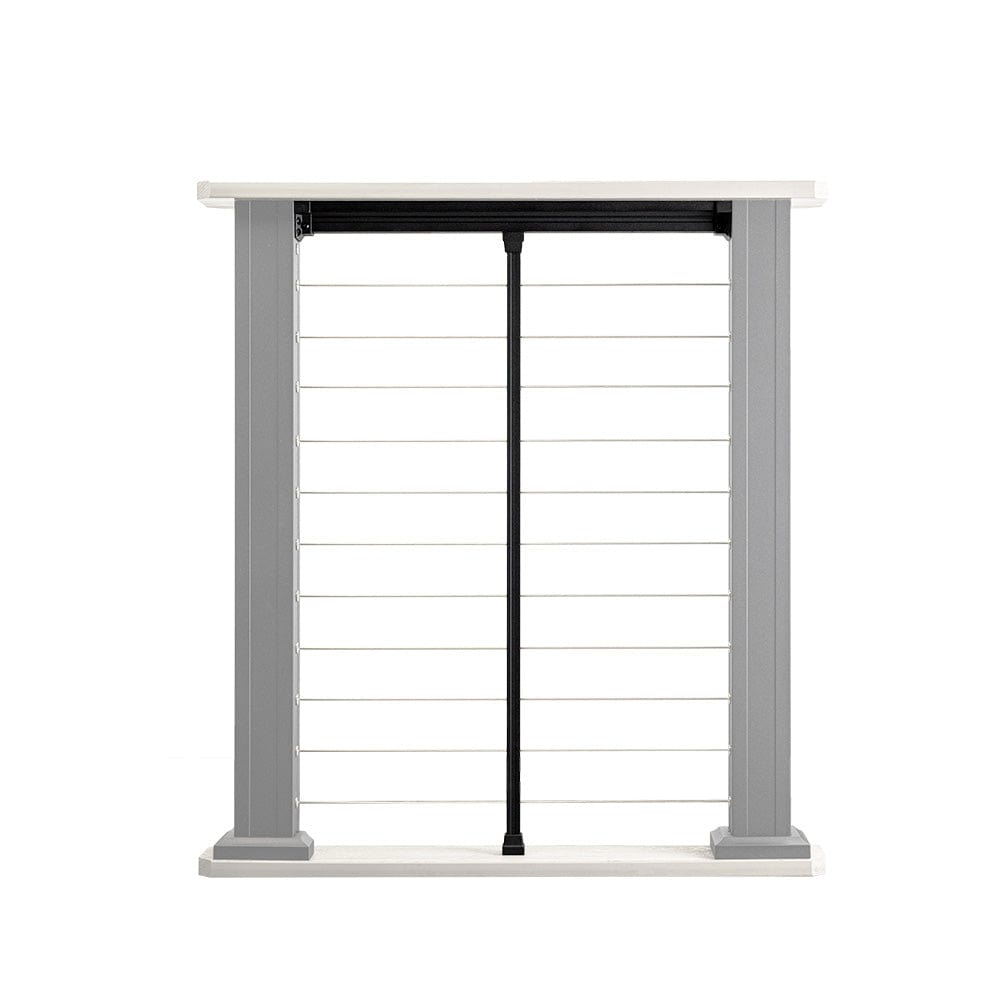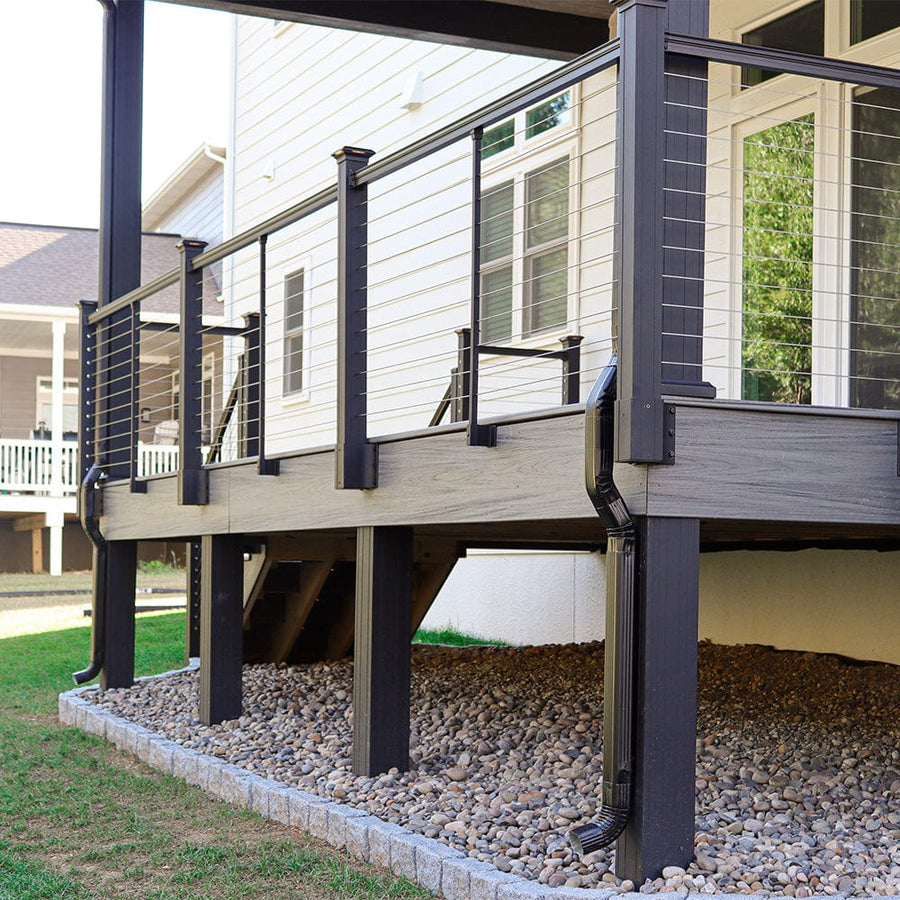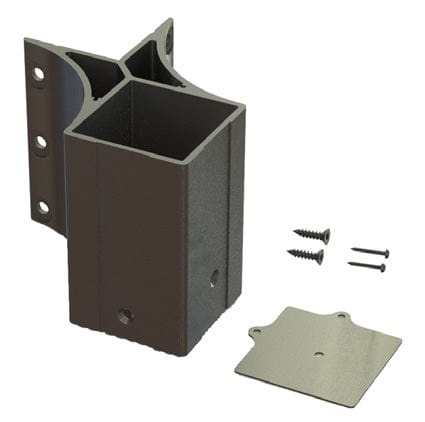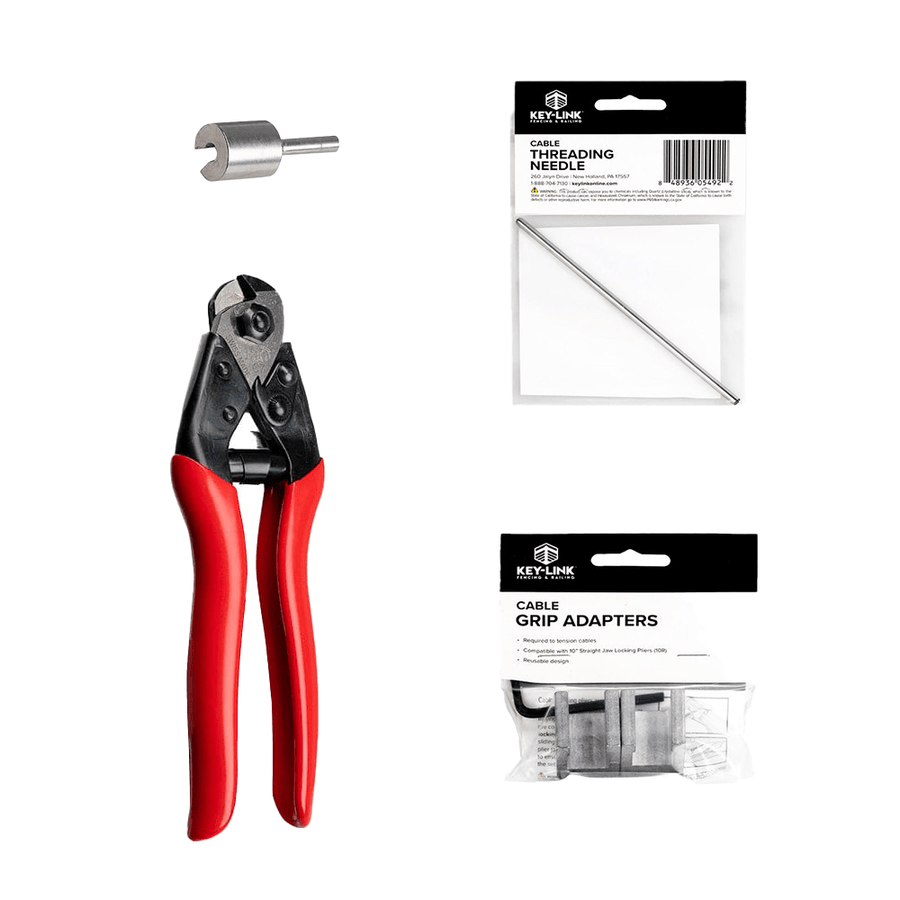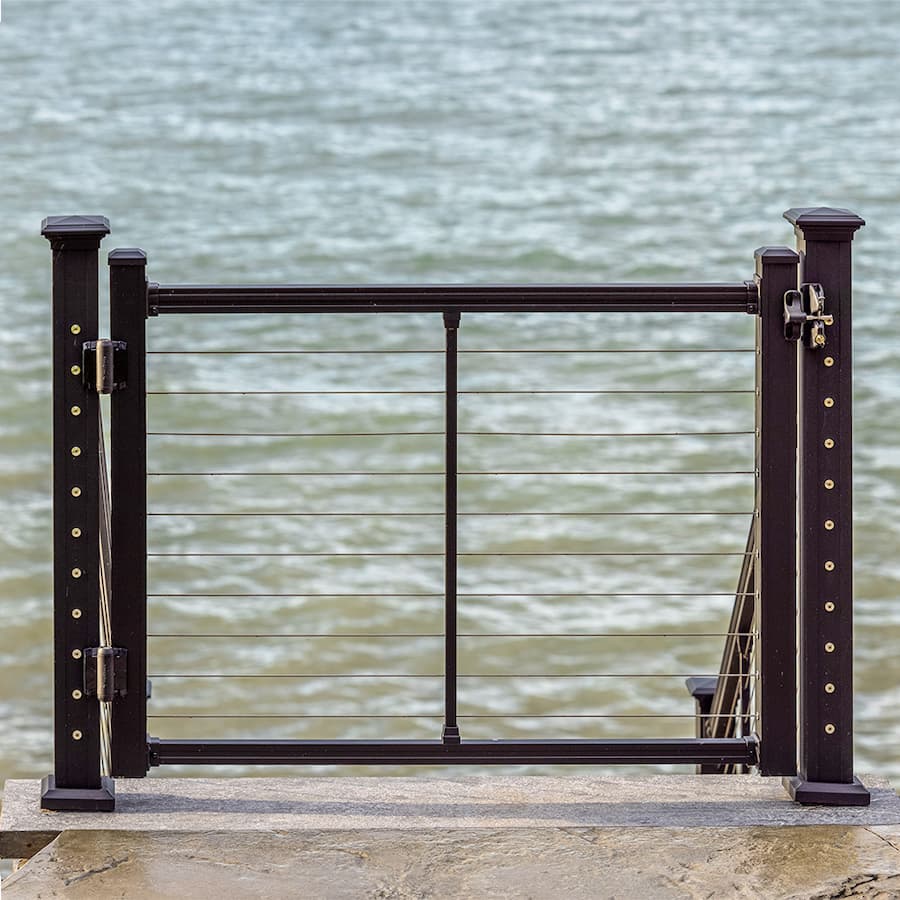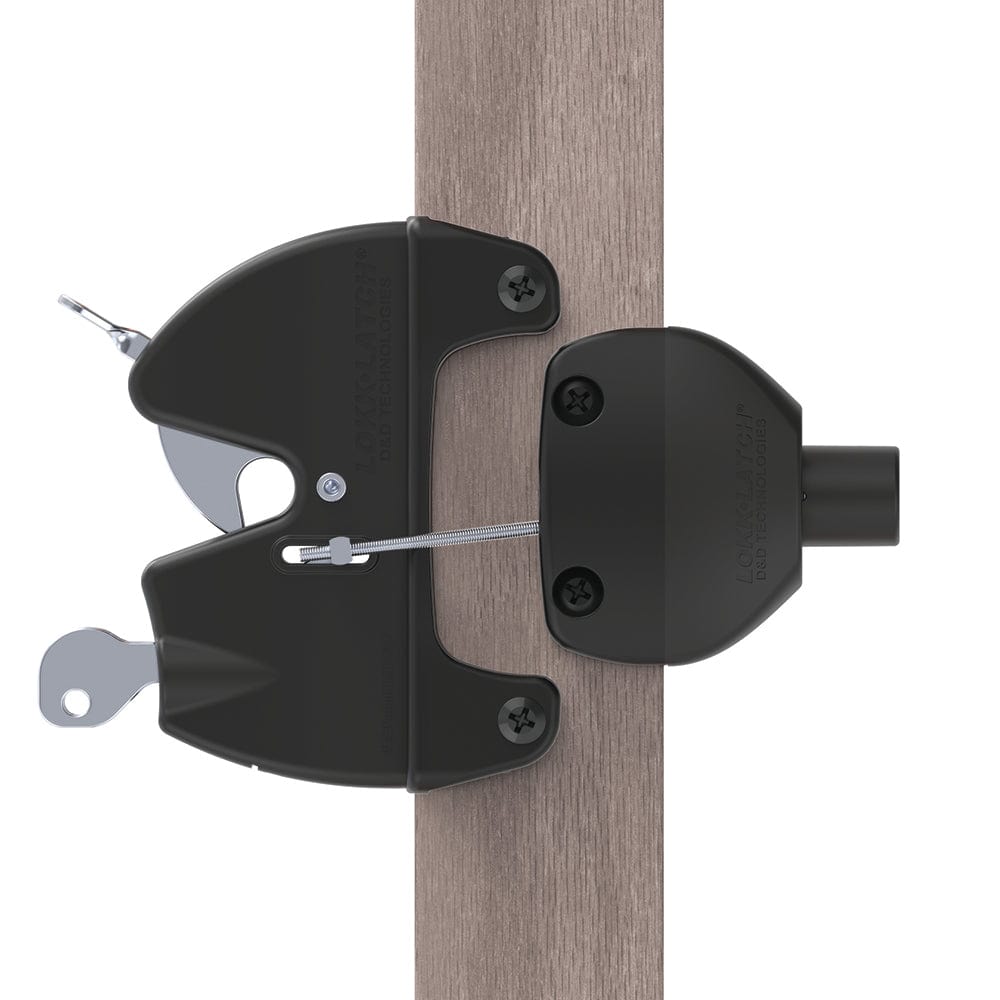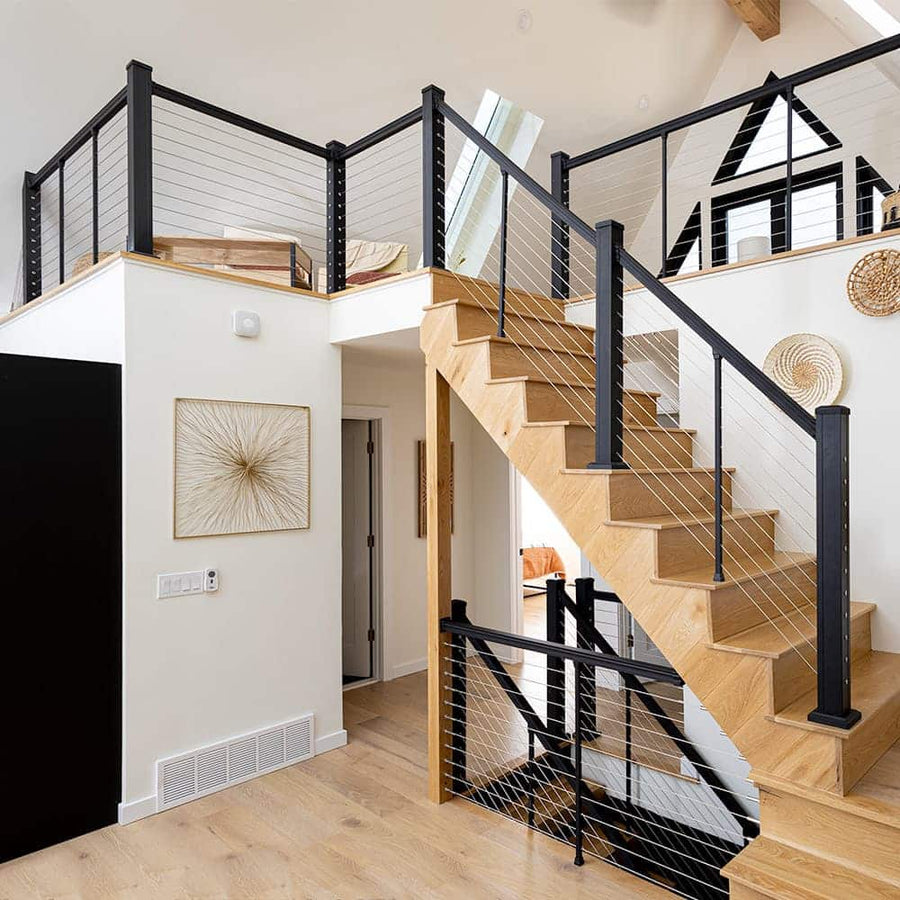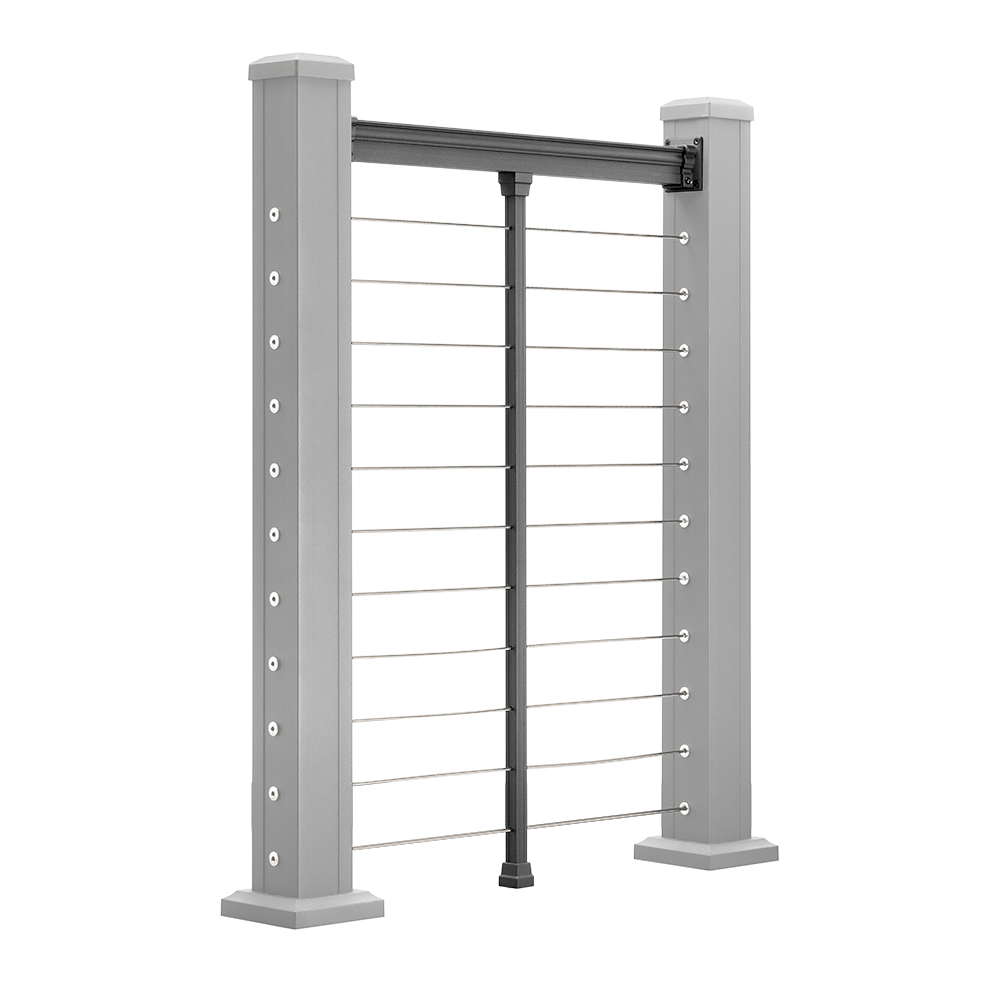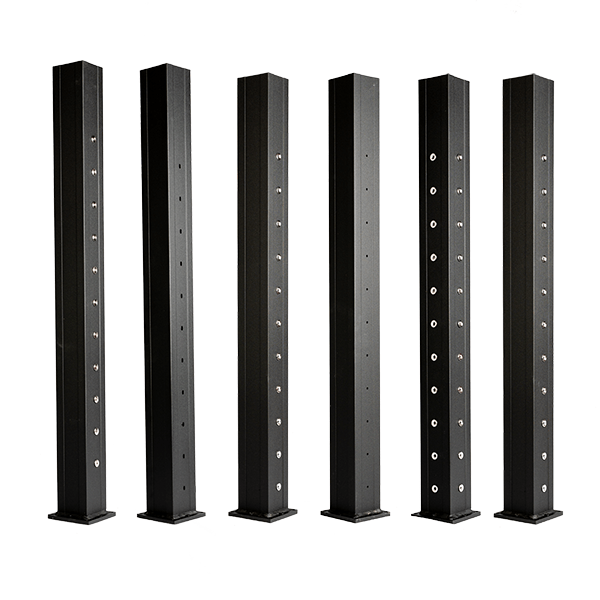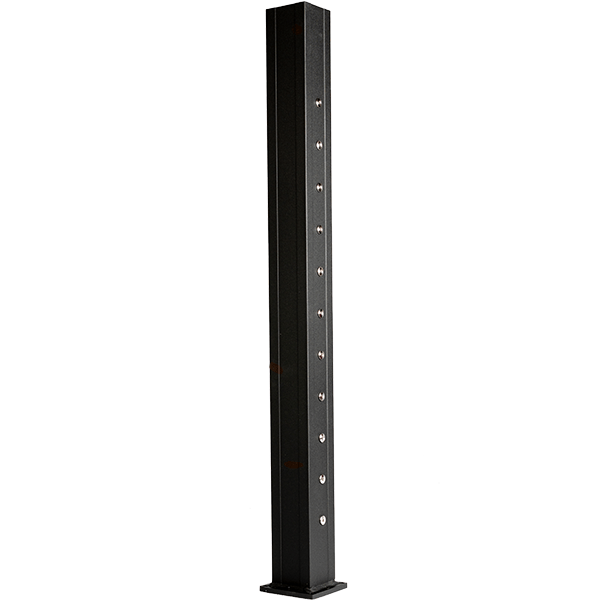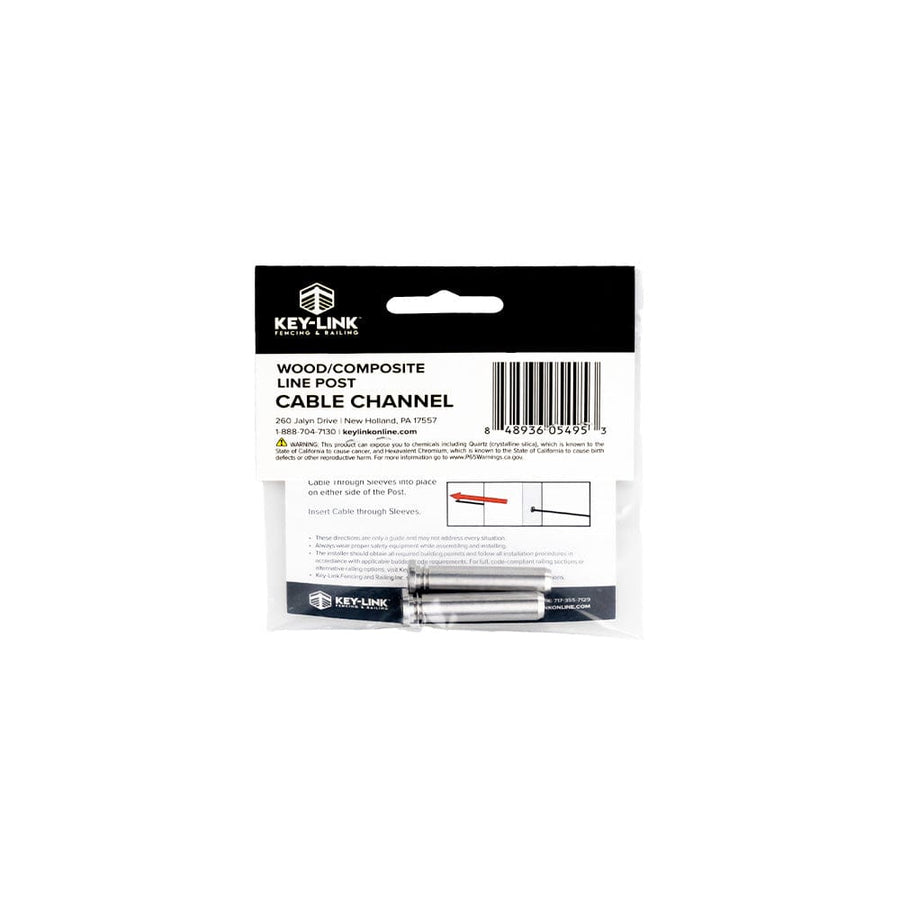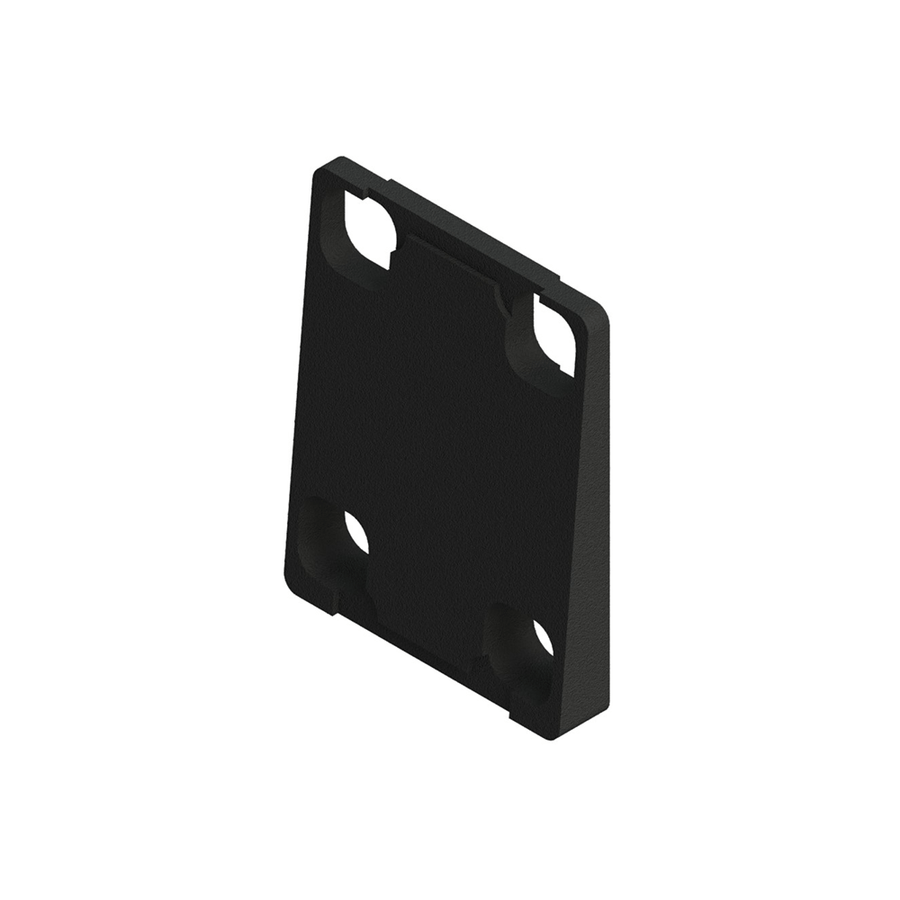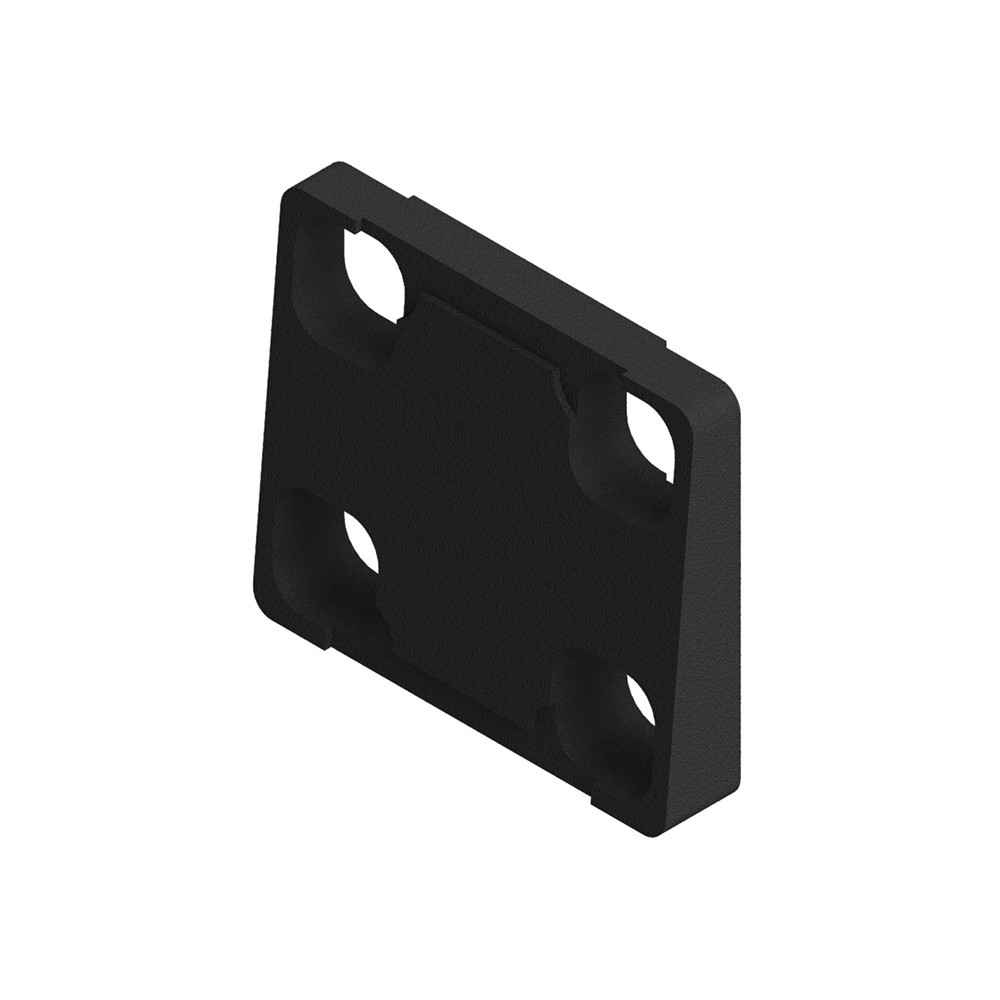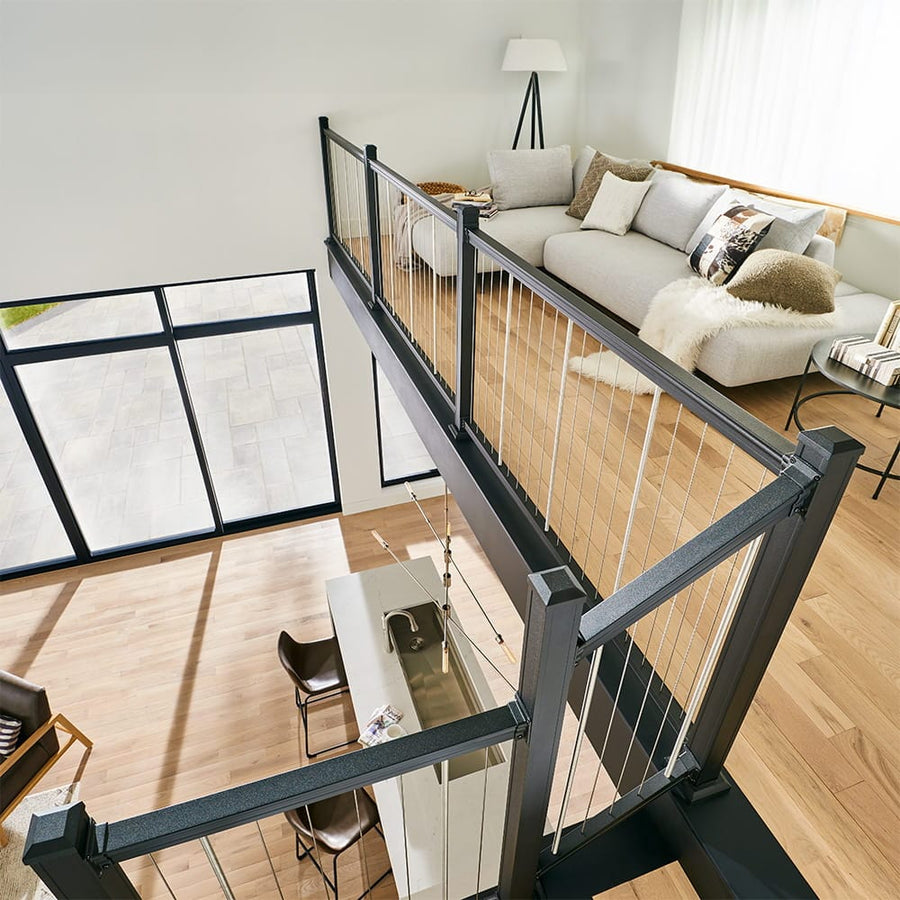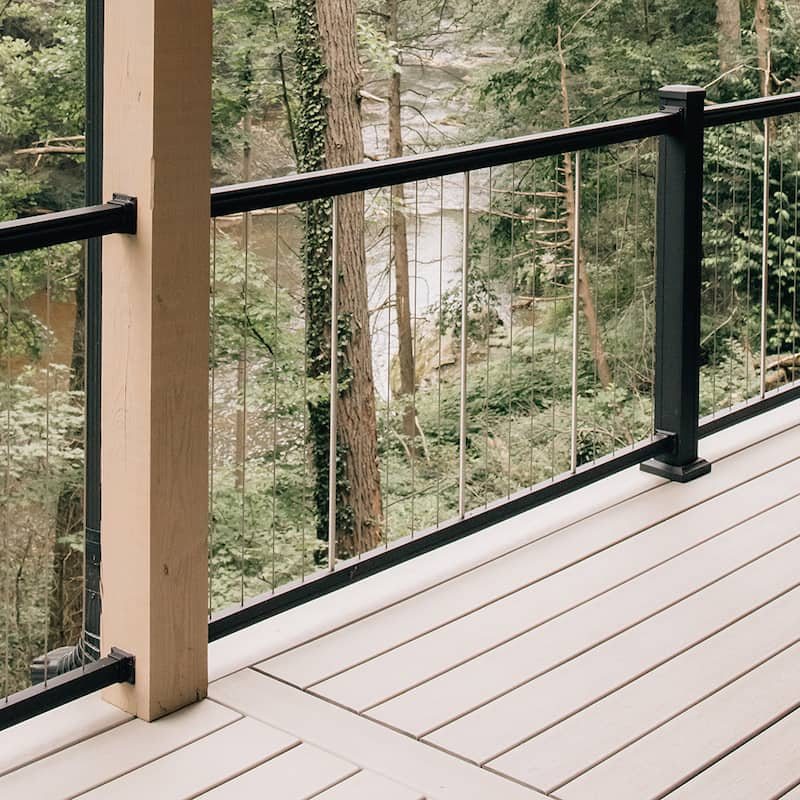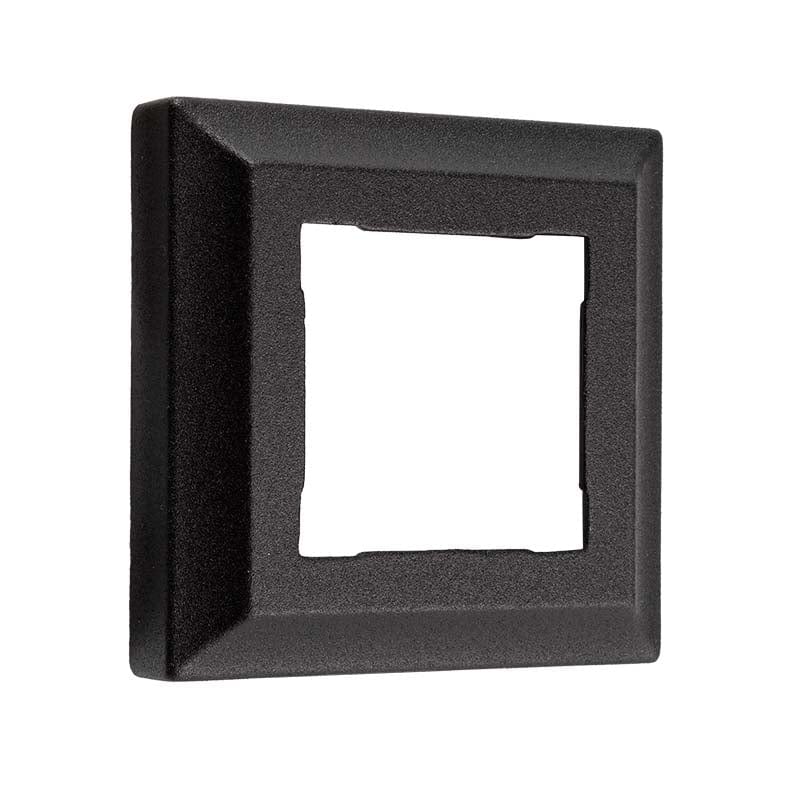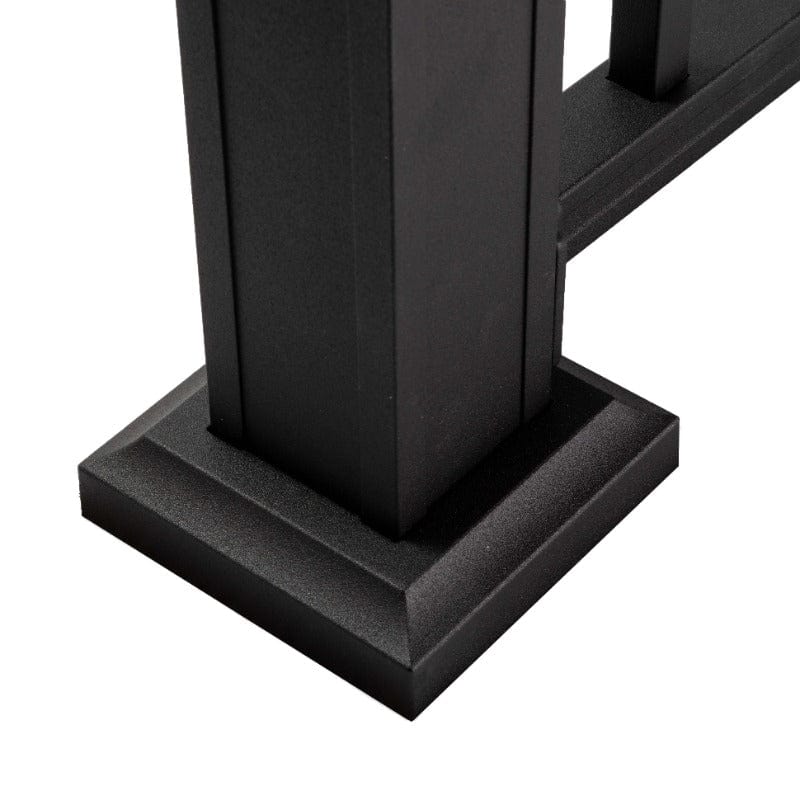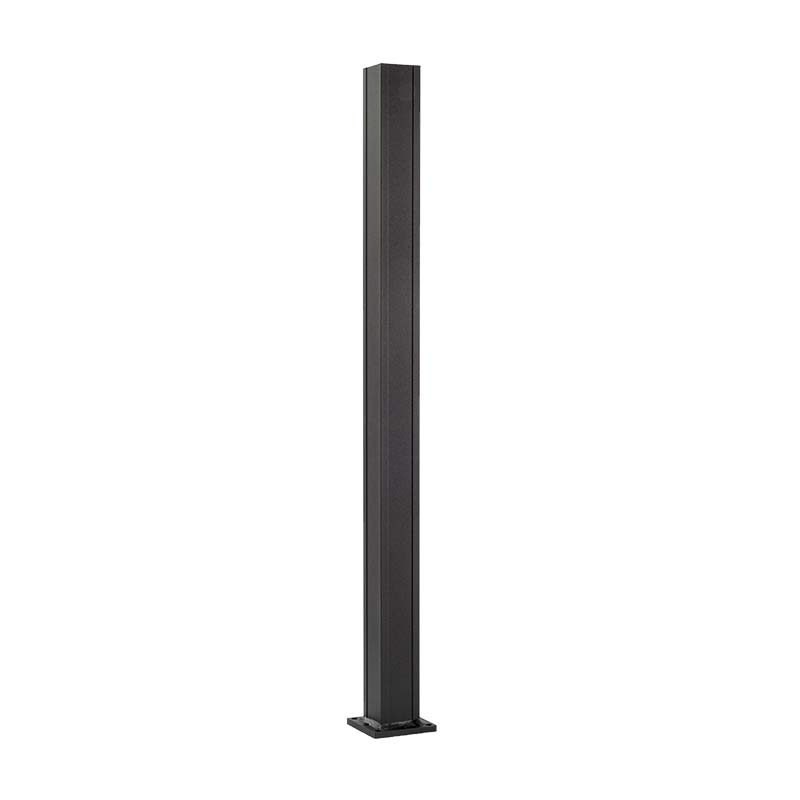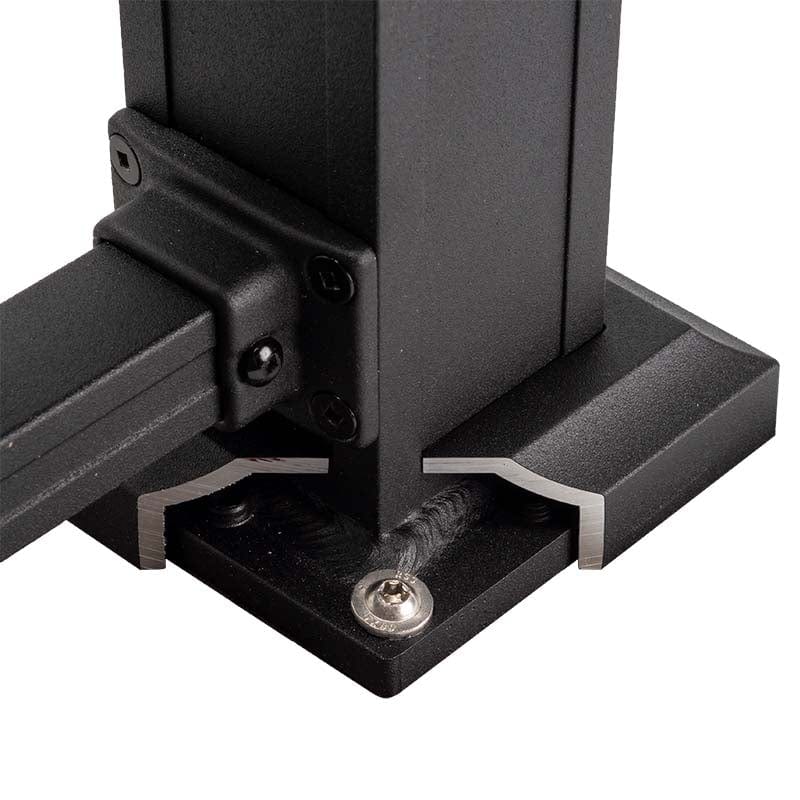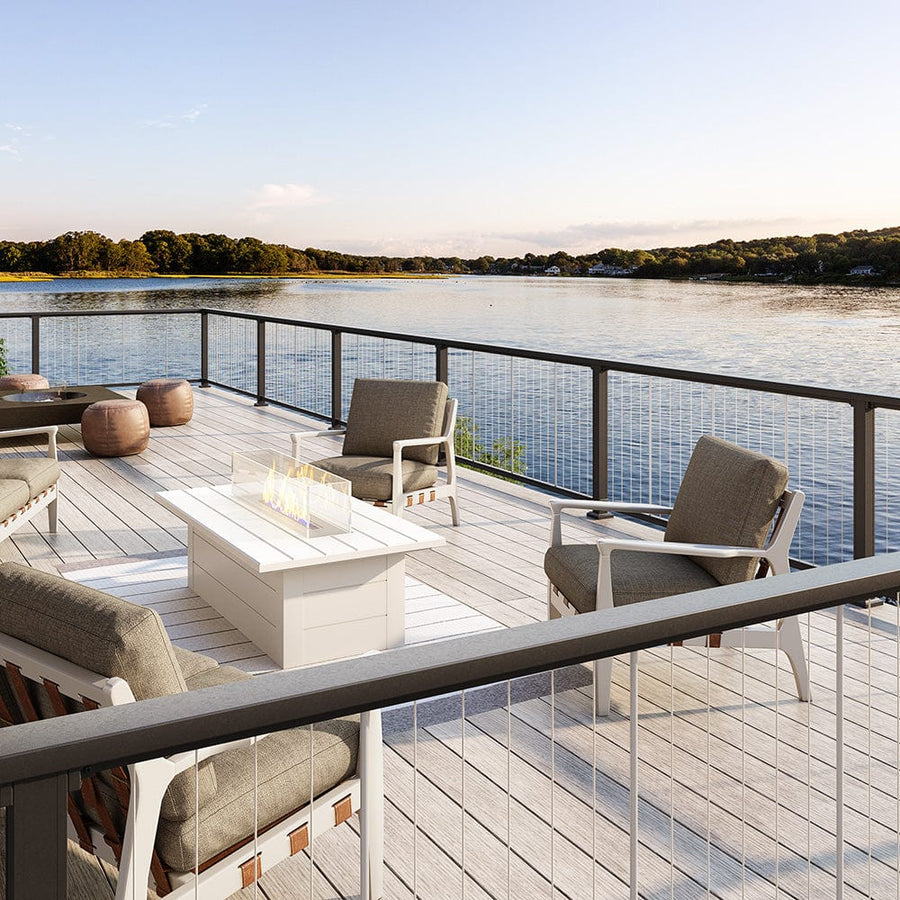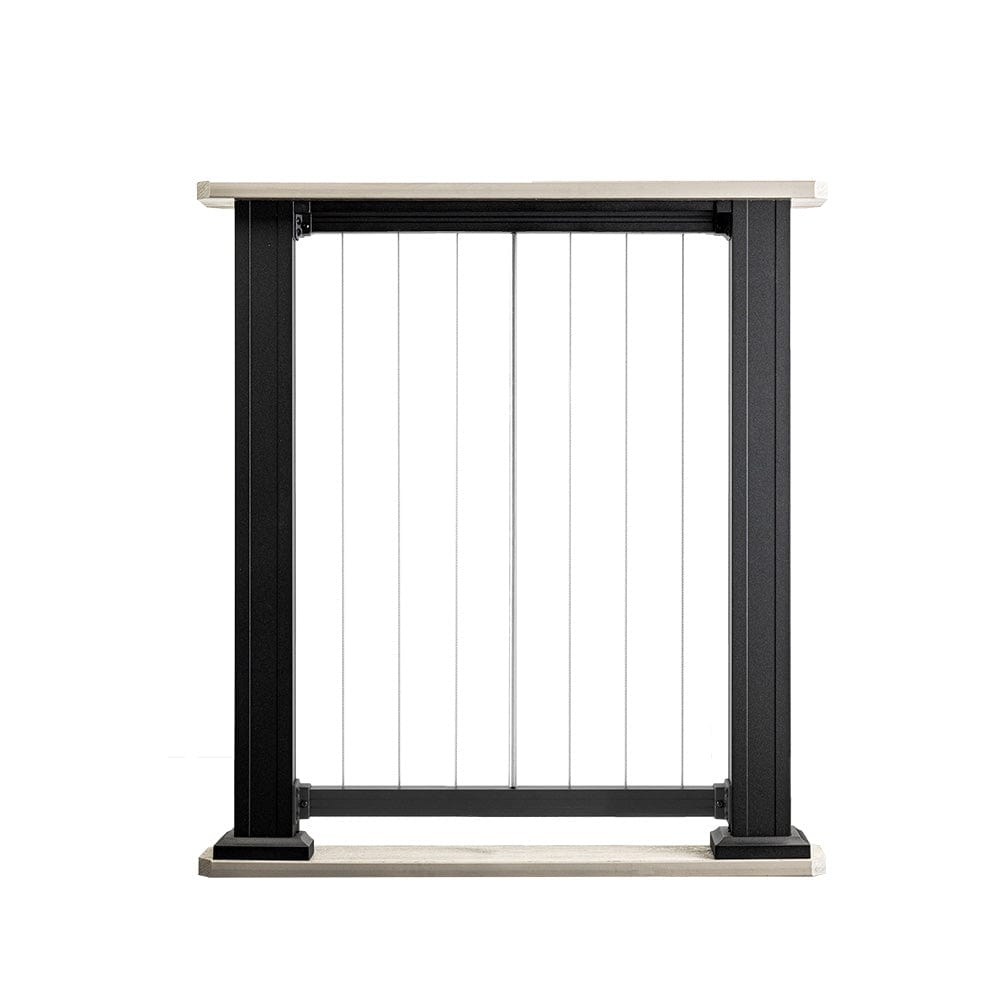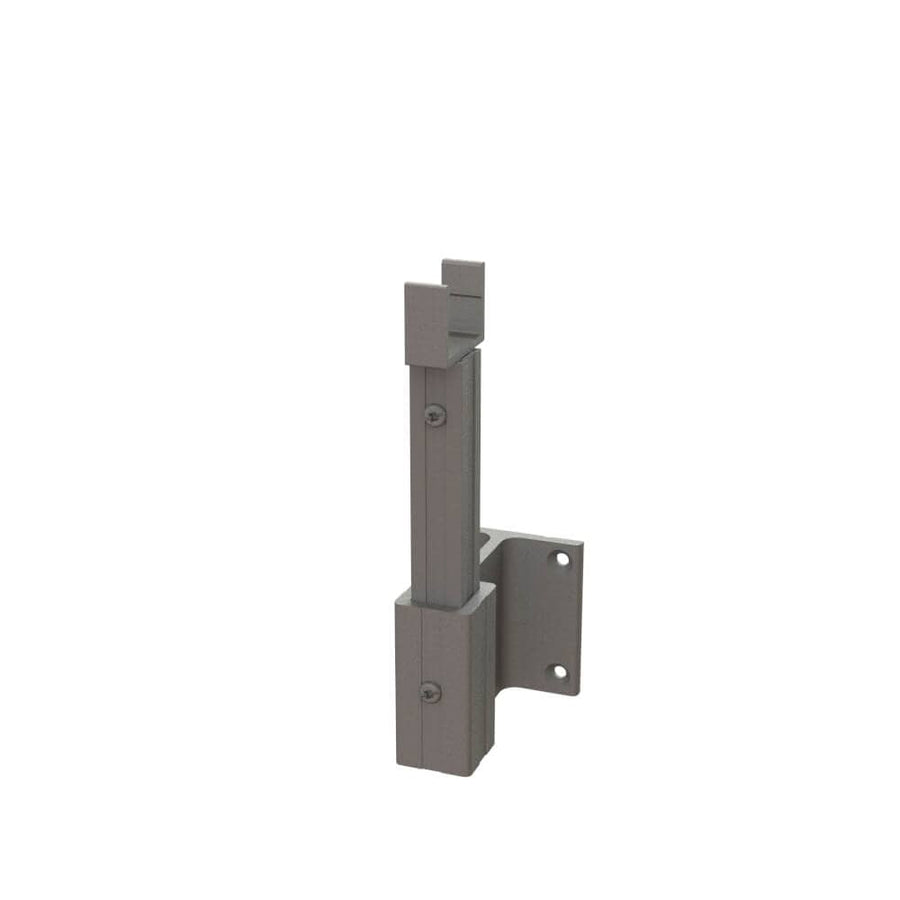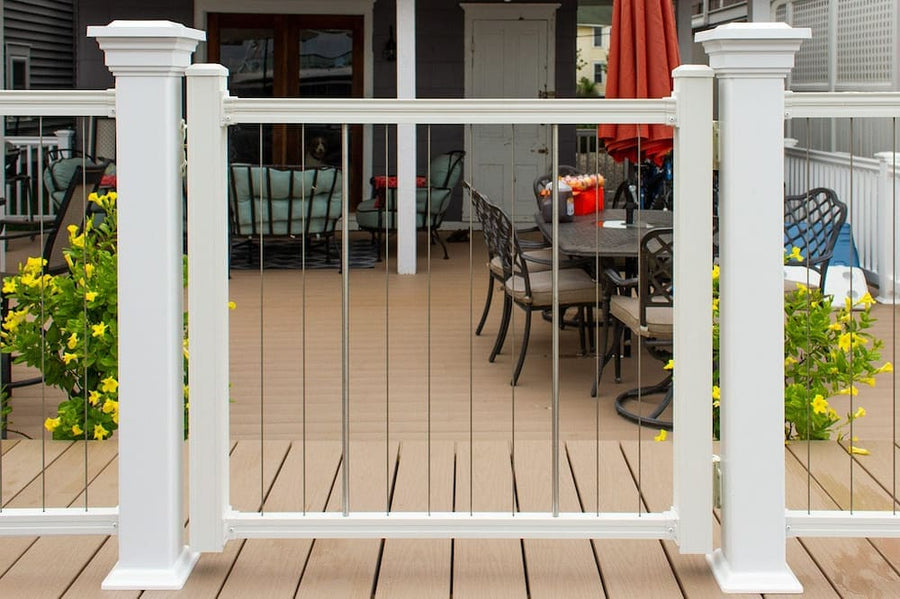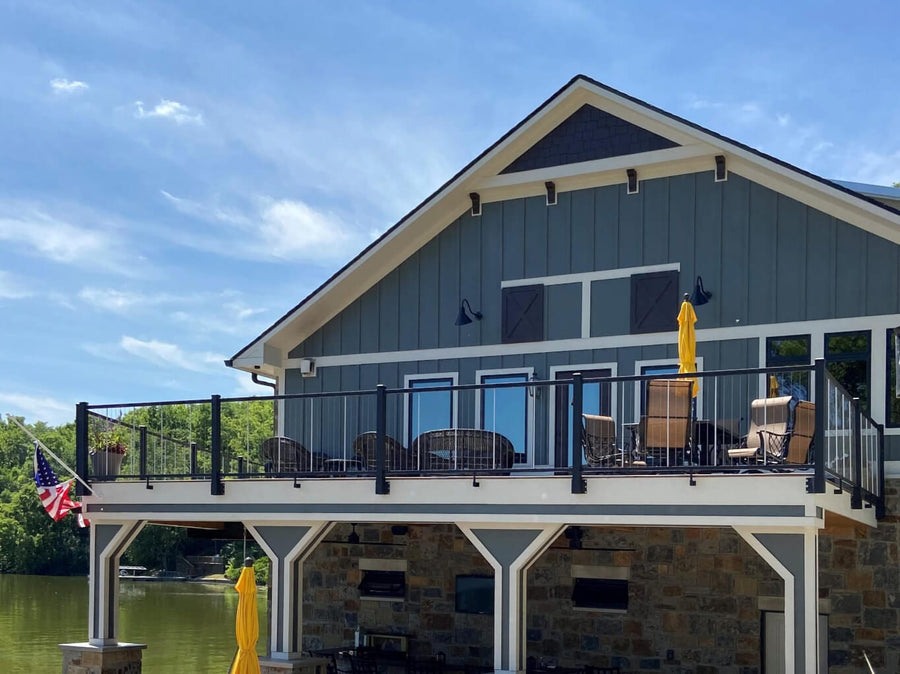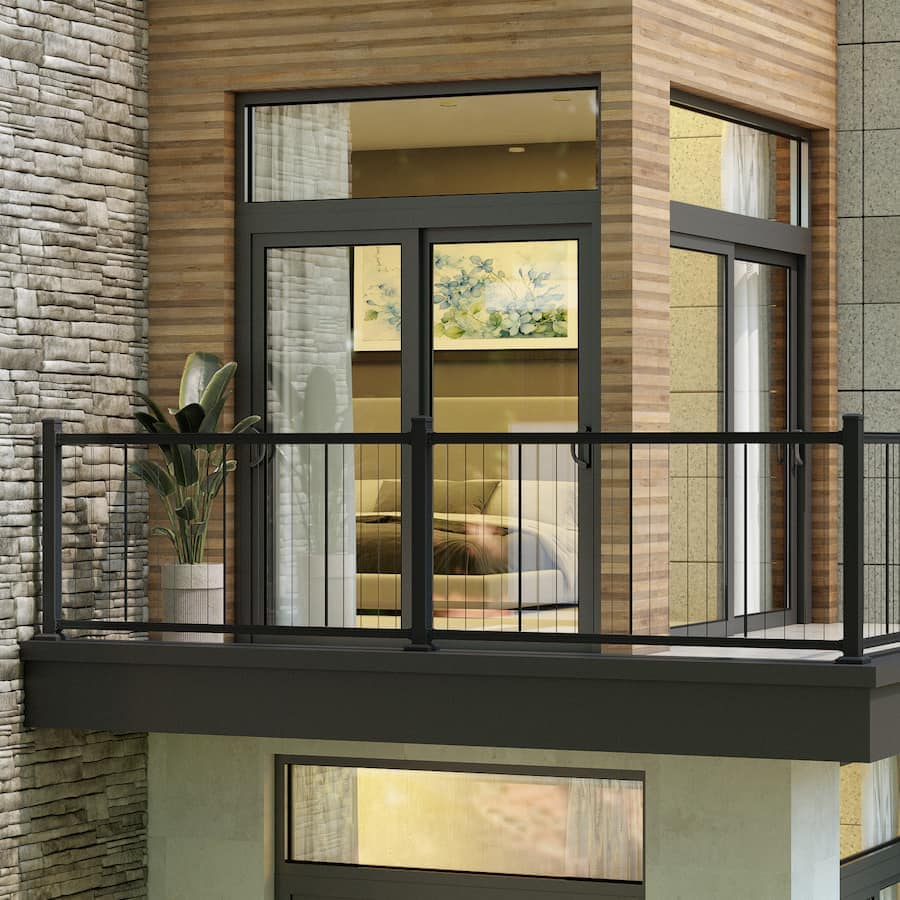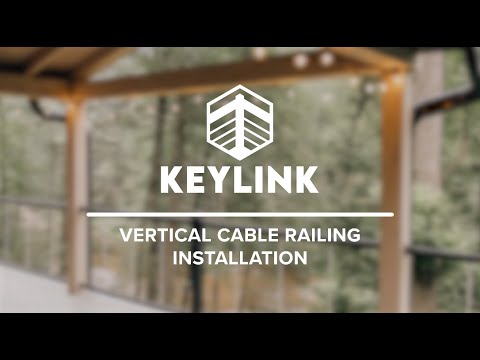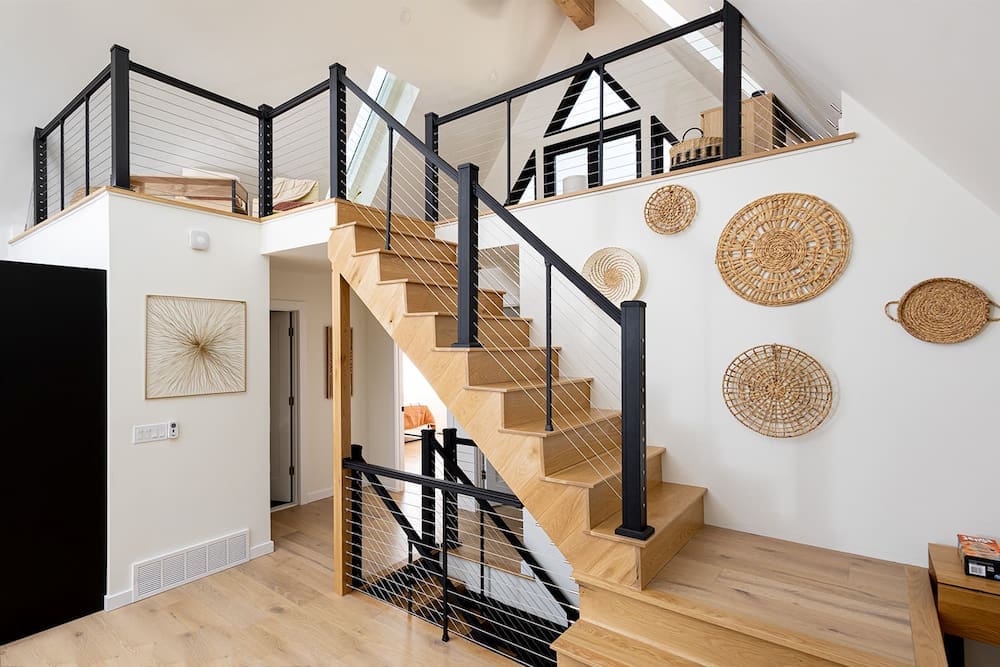
Cable Railing Collections
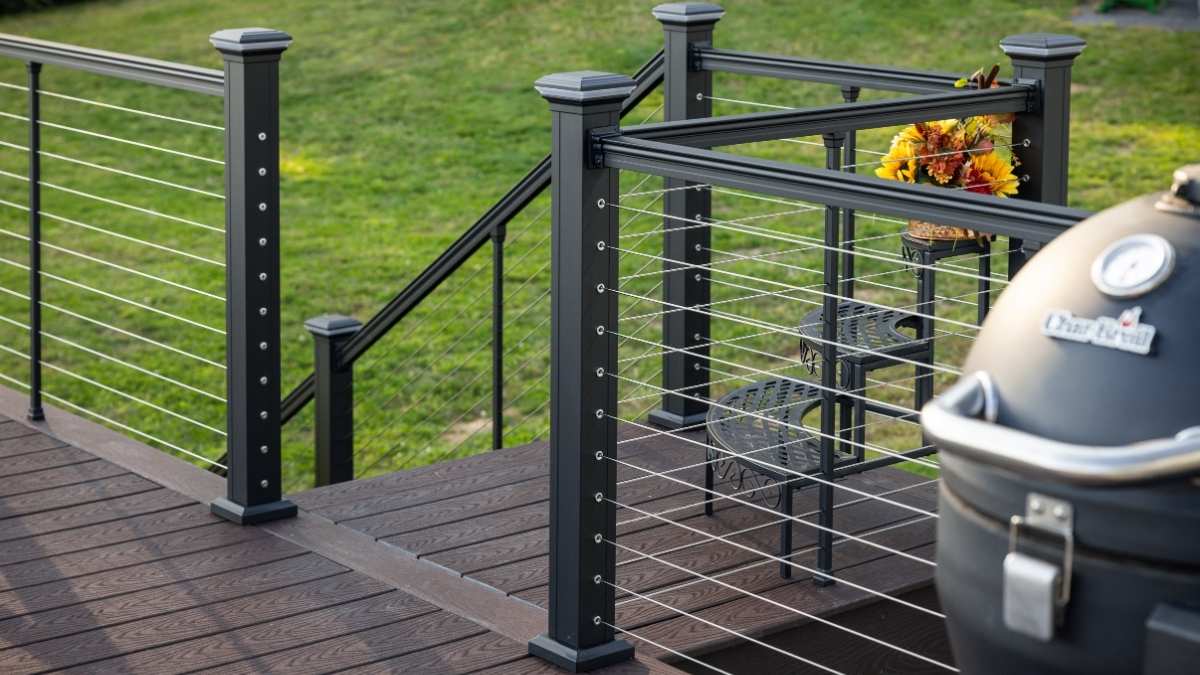
Cable Railing for Decks, Balconies, and Stairs
Transform your outdoor living space with modern, stylish stainless steel cable railing for decks, balconies, and stairs. Keylink's cable railing collection showcases premium cable railing kits, including the versatile American Series and the innovative Chesapeake Series, available in both horizontal cable infill and vertical cable infill configurations. These contemporary deck railing solutions offer unobstructed views, minimal maintenance, and superior durability for your deck, balcony, staircase, or porch.

Keylink American Series Cable Railing
The Keylink American Series is our best-selling metal railing system, renowned for its clean lines and adaptable design. This cable handrail system offers:
- Sleek top rail profile for a modern yet timeless aesthetic
- 36" and 42" height options, meeting both residential and commercial building codes
- Durable powder coating and aluminum construction for long-lasting color retention
- Marine grade 316 stainless steel wire rope and hardware for superior corrosian resistance
- Streamlined installation with pre-drilled posts and self-centering brackets
- Ability to span 100' cable runs
American Series horizontal cable infill allows for extended, uninterrupted cable runs with fewer posts required. Its innovative design enables wire rope to route seamlessly around corners and down stairs, minimizing the need for double posting. For a more traditional appearance or enhanced safety, the vertical cable option maintains an open, airy feel.
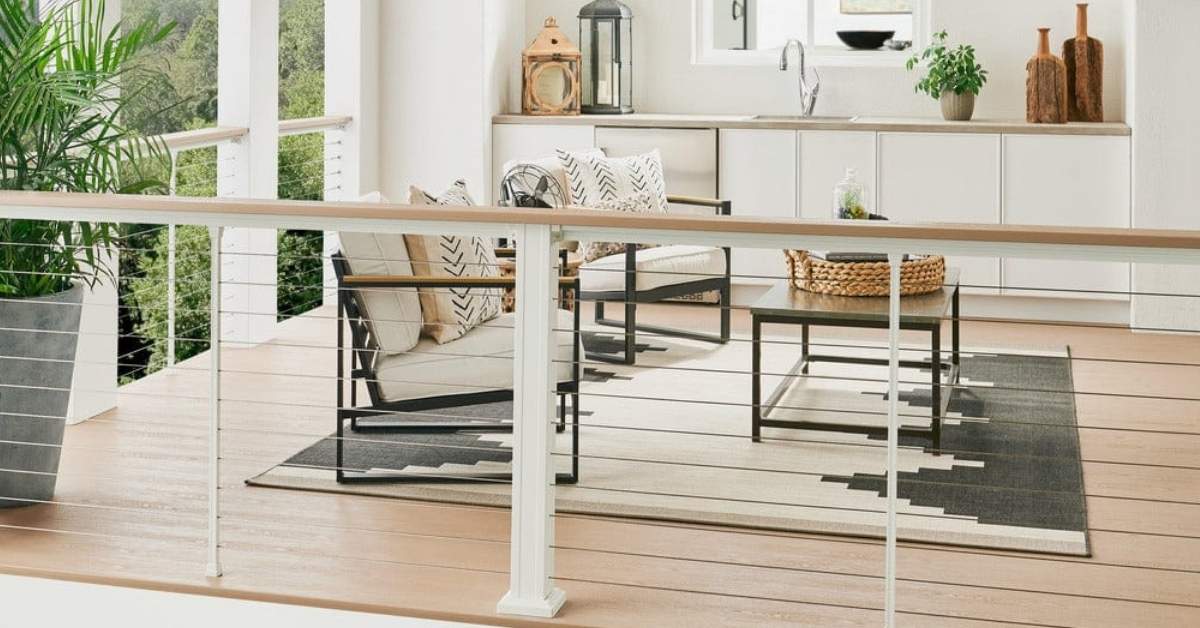
Keylink Chesapeake Series Cable Railing
Chesapeake Series elevates stainless steel cable handrail with its integrated drink rail design. Ideal for entertaining and maximizing outdoor enjoyment, this system features:
- Distinctive top rail engineered to accommodate a wood deck board for a custom look
- Horizontal and vertical cable railing options to suit your style preferences
- 36" and 42" height options for residential and commercial applications
- Robust aluminum construction with high-quality powder coating for weather resistance
- 316 stainless steel wire rope and components ensuring long lasting performance
- Pre-drilled holes for simple deck board attachment
- Combines the benefits of cable railing with the functionality of a drink rail
Chesapeake Series blends style and practicality, providing a convenient surface for drinks, plates, or decorative elements while enjoying your outdoor space. Its sturdy construction meets or exceeds international building code requirements, ensuring both safety and peace of mind.
Benefits of Cable Railings for Decks
Cable railings offer numerous advantages for homeowners, builders, and architects:
- Unobstructed Views: The thin stainless steel wire rope provides a nearly invisible barrier, maximizing visibility of the surrounding landscape.
- Durability: 316 marine-grade stainless steel cables and powder-coated aluminum components resist rust and weathering, even in harsh environments.
- Low Maintenance: Unlike traditional wood railings, cable handrail systems require minimal upkeep, simply clean occasionally with mild soap and water.
- Versatility: Suitable for a wide range of applications, including decks, balconies, stairs, porches, and even interior spaces like lofts.
- Customization: Available in multiple colors and finishes to complement your design scheme.
- Code Compliance: Engineered to meet or exceed building code requirements for safety and structural integrity.
- Increased Property Value: Modern, attractive railing systems can significantly boost curb appeal and resale value.
- Wind Resistance: The open design allows wind to pass through, reducing stress on the structure during high winds.
- Sustainable Choice: Aluminum and stainless steel are recyclable materials, making cable railing an environmentally friendly option.
Installation and Maintenance
Installing stainless steel cable railing systems is straightforward for experienced DIY enthusiasts or professional contractors. Key-Link provides comprehensive installation guides, videos, and support. Essential tools for installation include:
- Stainless steel cable cutters for precise trimming
- Cable gripping pliers for secure handling and tensioning
- Tension gauge to ensure proper cable tightness
- Power drill and bits for mounting posts and brackets
- Level to ensure posts and rails are aligned
- Rubber mallet for gentle adjustments without damage
To maintain your cable runs, perform periodic inspections for loose cables or hardware. Clean the system regularly using mild soap and a soft cloth, avoiding abrasive materials. In coastal areas or regions with high pollution, more frequent cleaning may be necessary.
Choosing the Right Cable Railing System
Consider these factors when selecting a cable railing system:
- Location: Determine whether the system will be used outdoors or indoors, and if it needs to withstand harsh weather conditions.
- Building Codes: Ensure the system meets local code requirements for height, spacing, and load-bearing capacity.
- Aesthetics: Decide between horizontal or vertical orientation, and choose a color that complements your space.
- Budget: Compare costs of different kits, factoring in long-term durability and maintenance requirements.
- DIY vs. Professional Installation: Assess your skill level and tools to decide if professional installation is necessary.
- Customization: Consider features like lighting integration or custom post caps.
- Warranty: Review warranty terms for coverage and peace of mind.
Components of Horizontal Cable Railing Systems
Keylink's cable railing is a modular system for easy installation and customization. Here's an overview of the key components:
- Surface Mount Posts: The backbone of your railing system.
- End Posts: For the beginning and end of a run
- Line Posts: For additional support between end posts
- Corner Posts: For 90-degree turns
- Stair Posts: Angled for staircase applications
- Top Rail: Provides a finished look and hand support. Available in various styles and can be customized with wood in the Chesapeake Series.
- Cable Infill: Stainless steel cable that forms the barrier. Typically 1/8" diameter and available in various lengths.
- Cable Fittings: Connect and tension the cables, including end fittings for terminal posts and intermediate fittings for guiding cables through line posts.
- Brackets: Connect rails to posts, including level brackets for straight runs and stair brackets for angled installations.
- Hardware: Screws and bolts for assembly.
- Optional Components: Drink rail for the Chesapeake Series or lighting for enhanced ambiance.
Choosing the Right Components
Selecting appropriate components is crucial for both aesthetics and structural integrity. Consider your deck layout, building codes, preferred style, and maintenance level.
To help navigate the selection process, we've created a comprehensive guide on shopping for Keylink horizontal cable railing, covering everything from measuring your space to choosing posts and accessories. We recommend reviewing this resource before starting your project.
With the right tools and knowledge, you'll be well-prepared to create a beautiful, safe, and long-lasting cable railing system. Remember, while many homeowners install cable railing as a DIY project, professional installation is available for complex layouts.
Elevate your outdoor living space with a stylish, durable cable railing system from Keylink. Whether you opt for the American Series or the Chesapeake Series, enjoy unobstructed visibility, low maintenance, and lasting beauty. Browse our collection to find the perfect railing for your project.
FAQs
They offer unobstructed views, durability, low maintenance, customization options, and code compliance, enhancing safety and value.
The tensioned cable barrier prevents falls while maintaining visibility, with spacing that meets building codes.
Yes, both the American and Chesapeake Series offer stair railing options for angled installations.
Corrosion resistant marine grade 316 stainless steel wire rope, powder-coated aluminum, and sometimes wood for top or drink rails.
Yes, the stainless steel resists corrosion and the aluminum components withstand UV rays, moisture, and temperature changes.
Due to the modular nature of cable railings, price can vary from $70 to $150 per linear foot.
Often, yes. Consult a professional to ensure your outdoor space can support the new railing system.
Generally, 36 inches for residential and 42 inches for commercial applications, but check local codes.
Yes, Keylink systems are designed to meet or exceed most building codes.
At least annually, or more frequently in coastal or harsh environments.
Yes, for gently curved decks. Tighter curves may require alternative systems.


